Northern Thailand. There is something haunting in the mist covered mountains and emerald rice fields surrounding the city. Something that I connect to. A reverence for the spirits of trees and nature. Of something beyond our earthly pursuits. A kindness that permeates the people, a resilient joyfulness, and a welcoming disposition. It’s something that everyone who visits seems to immediately key into. A magic to the place that lingers in your being long after you return home to the normal grind of western life.
I had always understood that the region was different than the south. The food, the culture, even the language. What I didn’t understand was that until fairly recently, this region was an autonomous kingdom of its own. The Kingdom of Lan Na beginning in 1292, and before that the Kingdom of Ngoenyang beginning in 638AD. Southern Thailand, the Kingdom of Thailand (or the Kingdom of Siam before 1946) took control and annexed this country in 1899. The last king of Lan Na, King Inthawichayanon, died in 1897. A long defender of the forests, he requested his remains be enshrined at the peak of Doi Luang, the highest mountain in modern Thailand, renamed now Doi Inthanon. We visited the shrine while touring the area.
Upon hearing a rumor that Queen Victoria had intended to adopt King Inthawichayanon’s daughter, Princess Dara Rasmi, (as a play to annex the region for Great Britain as an extension of then Burma) the King of Siam, King Rama V, promptly sent a proposal to become the King’s Princess Consort. Shortly after, the King formally annexed the Lan Na Kingdom to block any further encroachment.
The previous Lan Na culture can be found not only in northern Thailand but in adjoining areas of Myanmar and Laos. The region has its own distinct language, Kam Mueang, with its own dialect and writing style. This writing style now mostly survives through religious texts in temples. Modern education teaches the southern Thai language, but some resurgence of the traditional language exists though with some pronunciation variations influenced from the southern language. The dialect is still active across northern Thailand and neighboring areas in Laos.
Walking around town.
Chiang Mai is a very walkable city. It’s flat and reasonably easy to orient yourself. Old town sits in the center of town and is a one mile by one mile square surrounded by a broad moat/canal and previously was fortified by a high wall, portions of which are still standing around the corners of the square, and gates at the north, south, east and west, which still function as bridge locations and centers of commerce. Old town is ringed by many different neighborhoods with different vibes and purposes. We stayed in three Airbnbs while in Chiang Mai, the first in Chiang Moi just outside of old town and before the Phraya river near the west (Tha Phae) gate where you’ll find Chinatown and the Muslim quarter, an even mix of residential and shop areas with loads of good food and bars, and a bit further down the rowdier part of town. The second was directly across from Wat Chiang Man in the northeast corner of old town, a more touristy area with small hip bars and a laid back feel. And third, right beside the north (Chang Phuak) gate at the street food area where you’ll find the Lady in the Hat’s famous Khao Kha Moo Chang Phueak stand, where we rented a more modern townhouse. Each of these areas were great in their own way.
Compared to Bangkok, Chiang Mai is much less crowded and more friendly with less than 130k people in the city proper. The buildings are rarely higher than six stories and much of the town is flat and low. Scooters flow through the winding narrow streets and tuk-tuks are still a preferred method of transportation. The ubiquitous sprawling sacred banyan trees are ringed in colorful cloth with small shrines. In the four years since I was last here, the pandemic has taken a clear toll on the town with shuttered businesses and a bit of disrepair setting in, but it’s still quite lively with many thriving restaurants and the markets are finally starting to reopen.
Thai Buddhist temples
As the previous capital and spiritual center of the Lan Na Kingdom which was an independent kingdom from the current Siam/Thailand Kingdom for 600 years until 1899, Chiang Mai has the most Buddhist temples per capita than anywhere in Thailand. As the royal city, Kings would erect ornate and lavish temples as a projection of wealth and accomplishment. There are over 300 temples in the city and you’re never more than a few blocks away from one of these magical sacred places.
Thai Buddhism is a unique mix of traditional Buddhism, Brahmanism/Hinduism which flourished under the Khmer Empire, and older animism which acknowledges spirits and entities that inhabit the trees, buildings, and the world in general, along with ancestor worship. It is common to see not only shrines and statues of the Buddha, but also statues/shrines dedicated to Phra Phrom or the Hindu Brahma the four faced god, Phra Phikanet or Ganesh the elephant, and others, along with smaller shrines dedicated to the spirits of trees, of houses, and other spirits.
In general, the style of temples in Chiang Mai is very ornate and colorful with a high level of detail and many elaborate statues of mythological characters. The spire or dome like structures are called chedis and generally contain the remains of important figures or religious relics.
Khao soi
Sadly during my first visit to Chiang Mai I had not yet discovered the northern Thai specialty of khao soi, a spicy curry soup with egg noodles, fried noodles, and a protein, often a chicken leg, with raw onions, lime, and pickled greens as an obligatory condiment. I had to discover it in Seattle. So this time around I vowed to go deep and find the best khao soi in town. I visited around 11 places on my quest. What I discovered was that instead of a single best bowl there are a variety of styles all good in their own right. Personally I tend to enjoy the types with the thicker gravy and bolder flavors, maybe a little less spicy than the average local bowl, and I like switching up the protein to make it interesting. I’ll be posting a separate khao soi guide with all of the details and photos. But here are a few shots of the basic khao soi experience.
The main spice ingredient in khao soi is the addition of chili oil that floats on the top of the curry. The more oil, the redder the broth appears. So when you see a red bowl like the one below, you know you’re in for some spice. The spice is important to balance the sweet of the coconut milk. But when I get a bowl like this I know I’m in for some serious tummy trouble. It’s excruciatingly delicious though.
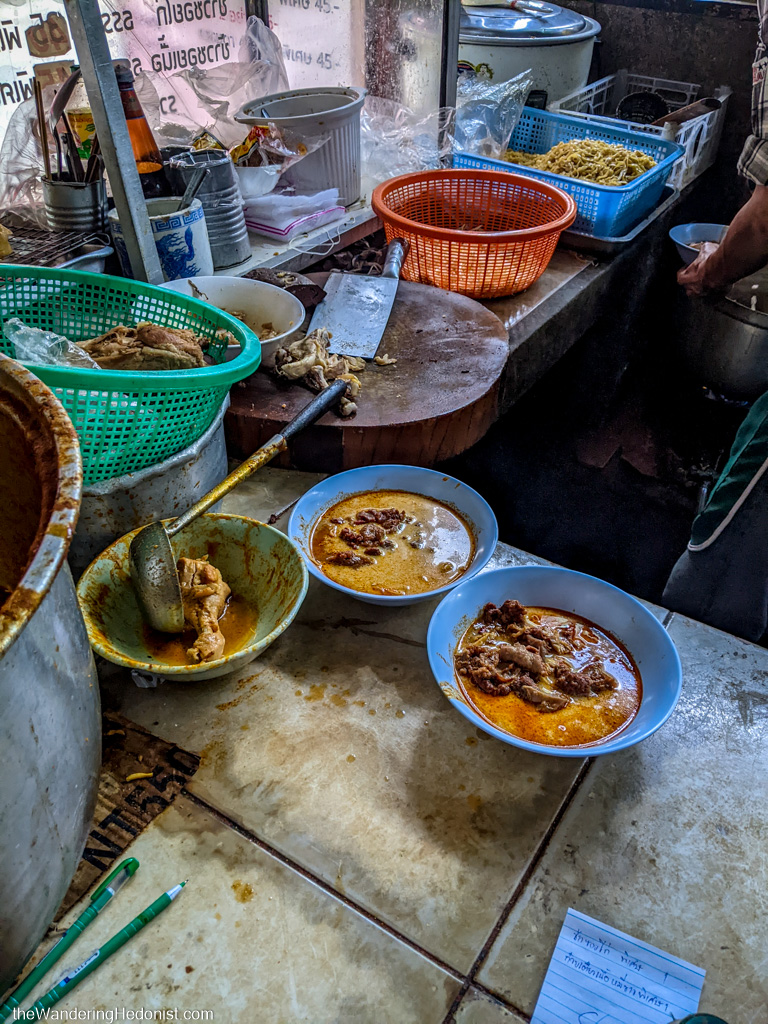
Street food
There are lots of sit down spots across Chiang Mai, but street food is still king when it comes to variety and specialty dishes. There are several night street food streets in the city, and street food is abundant at all of the night markets. In addition to the rollup stands you’ll find lots of mobile street food with small kitchens attached to scooters that work one spot for a bit and move on to the next throughout the city. I find these fascinating.
A word of caution, while grilled meats and fresh cooked food are all completely safe, it’s worthwhile to avoid lots of fresh washed vegetables, especially lettuce, and iced drinks that aren’t using the large round commercial ice made from filtered water. The tap water in Thailand can take you out for a week if you get a bacterial infection. This happens to me every time I get a bit lax with my street food etiquette. But has never stopped me from enjoying everything the city has to offer.
Elephant Nature Park sanctuary
The last time we visited Chiang Mai we didn’t make it to an elephant sanctuary and it was high on our list this time around. After a bit of research we decided on the Elephant Nature Park, a well respected sanctuary, for a full day visit. This park takes in injured and aging elephants from throughout the country and crusades to educate smaller elephant operations to switch to more humane practices and stop giving elephant rides, chaining elephants, and stop using elephant hooks to punish elephants. In addition to elephants the sanctuary takes in all sort of animals including thousands of cats and dogs, buffalo, and other animals.
Street art
So, Thailand isn’t the best city for cutting edge street art. My guess is that it’s more heavily punished. There’s not much around. And most of the best examples are sanctioned murals on residential walls. But I did find some here and there.
Chip flavors
I’ve long loved the interesting flavors of chips and snacks in Asian countries. So many new choices from familiar US brands. I usually attempt to try as many as I can. I can’t say I love them all but it’s fascinating to experience what are the popular flavor choices for snack food.
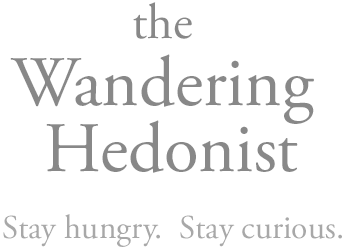
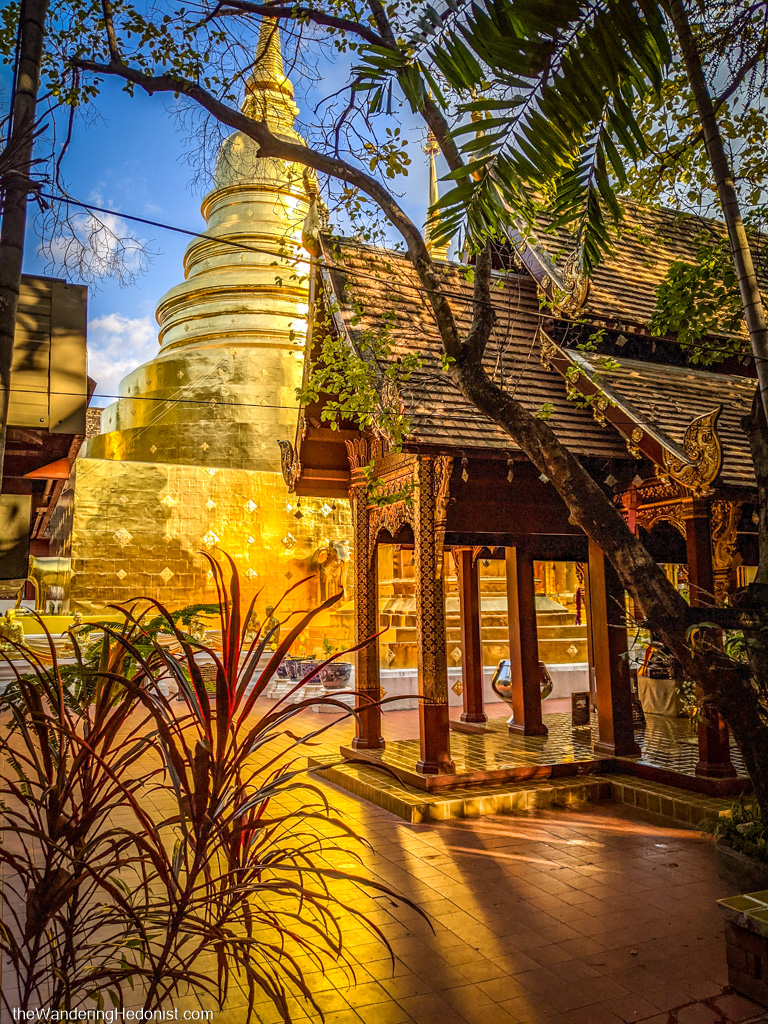

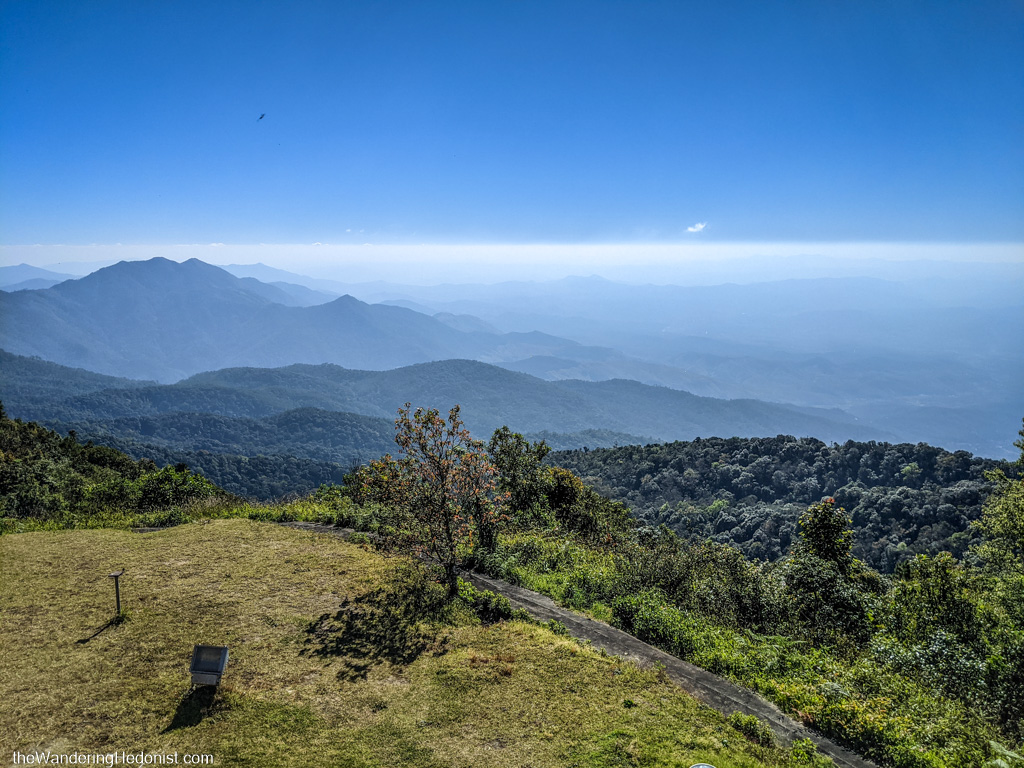

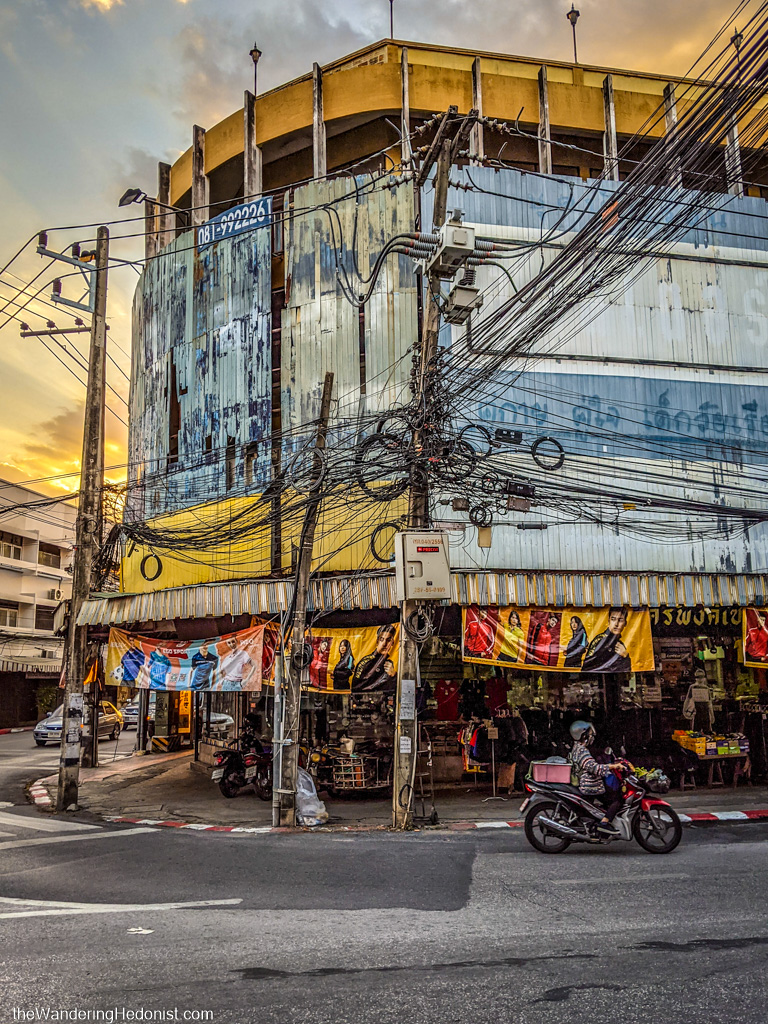
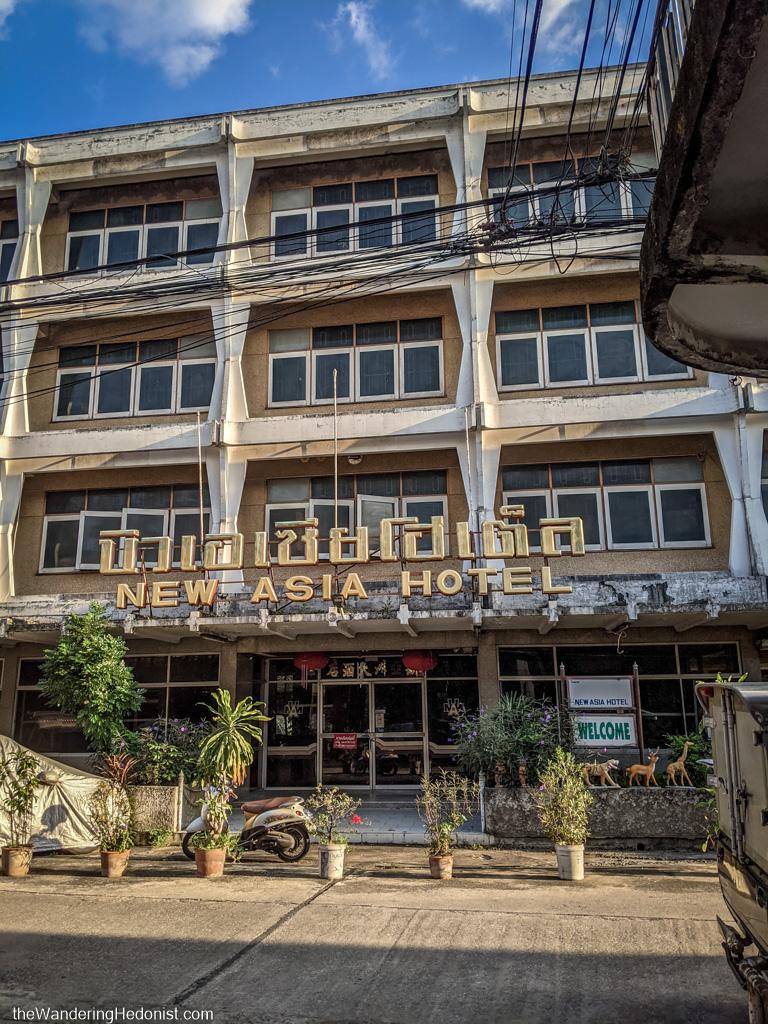
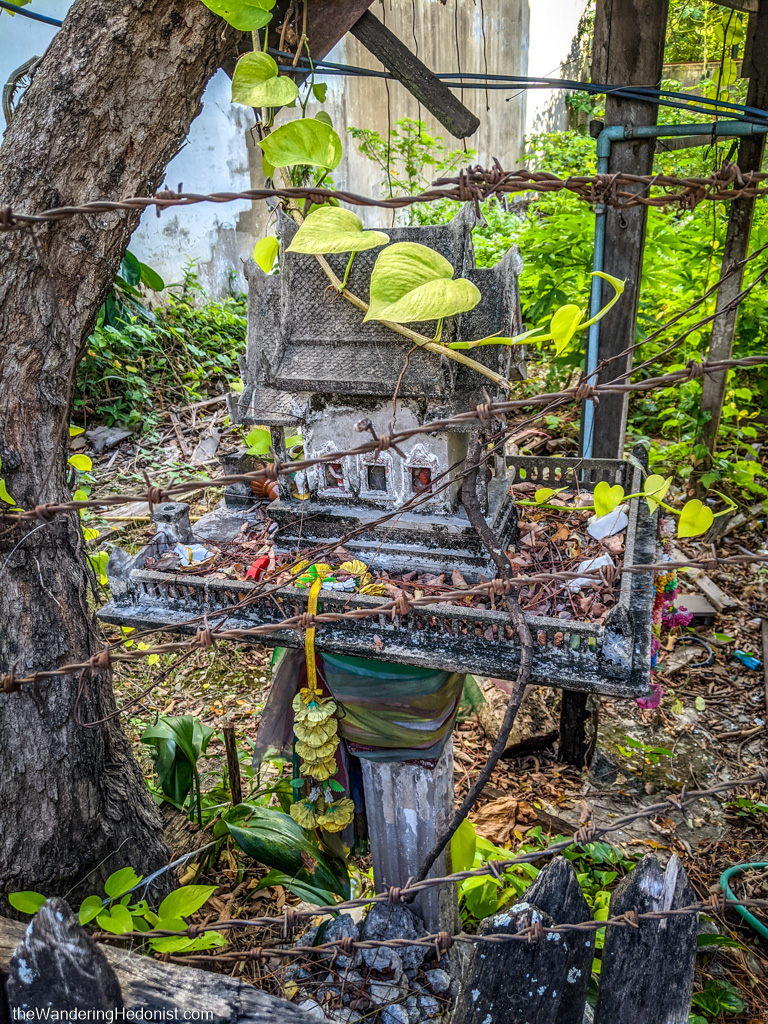
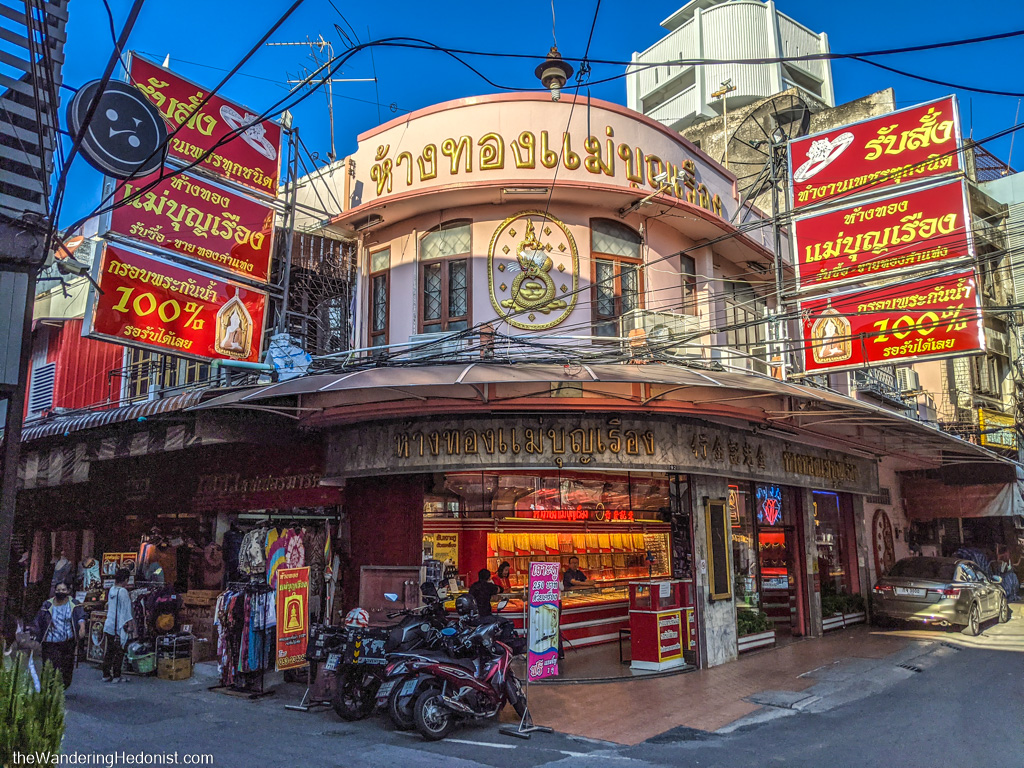


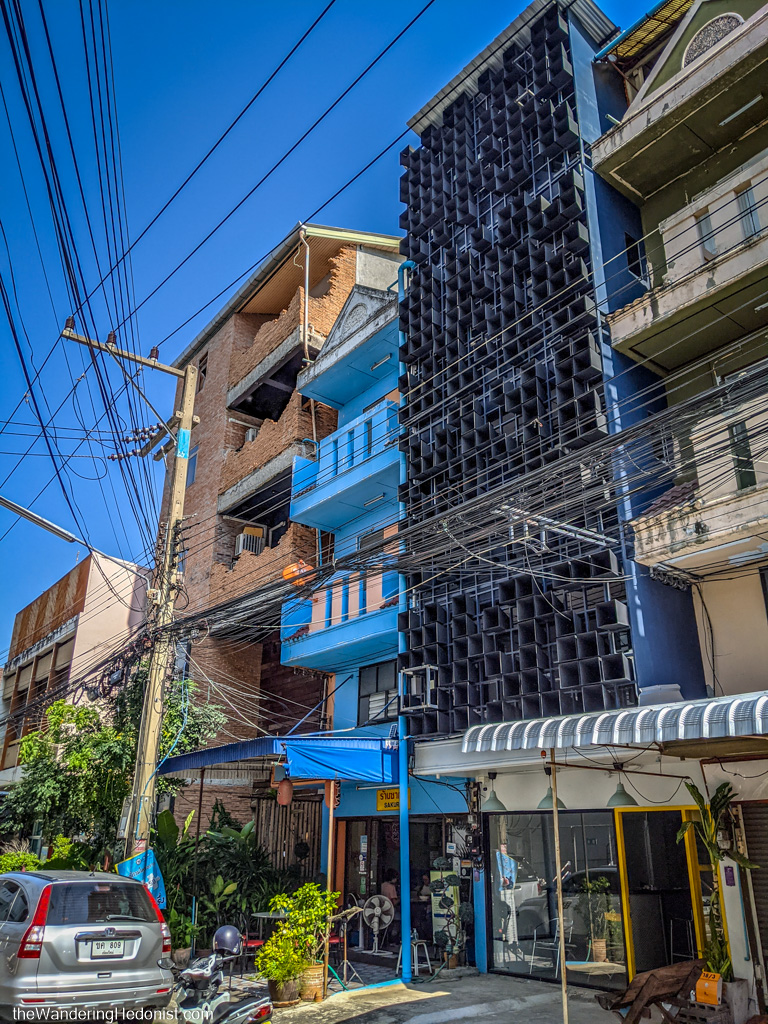
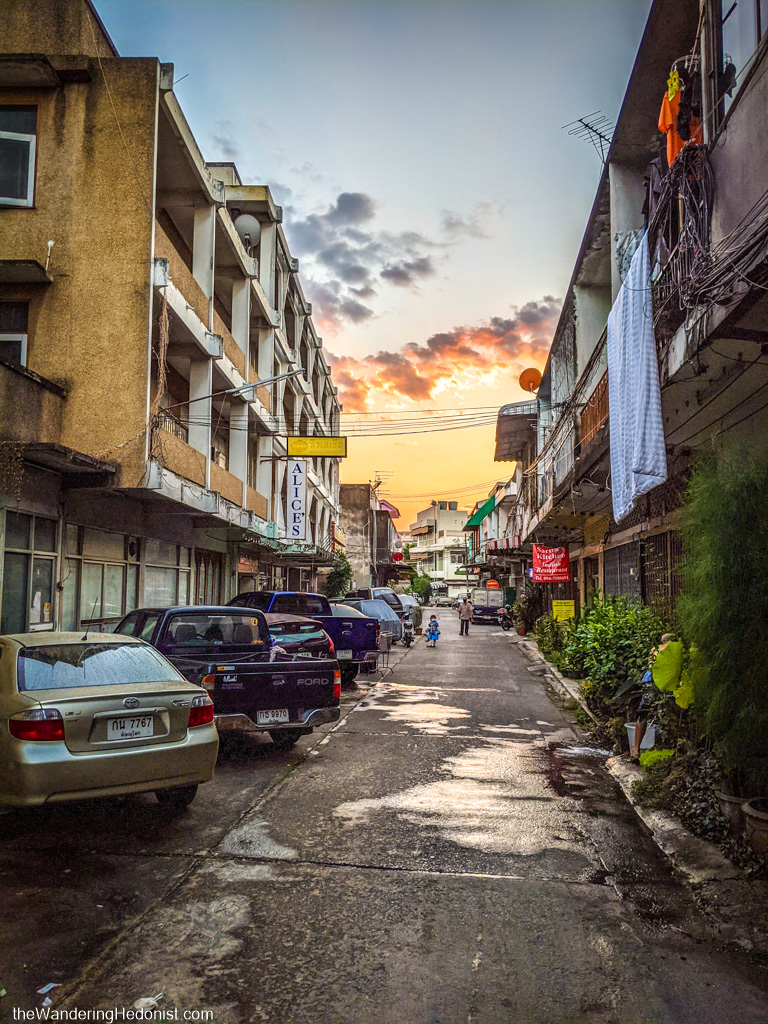
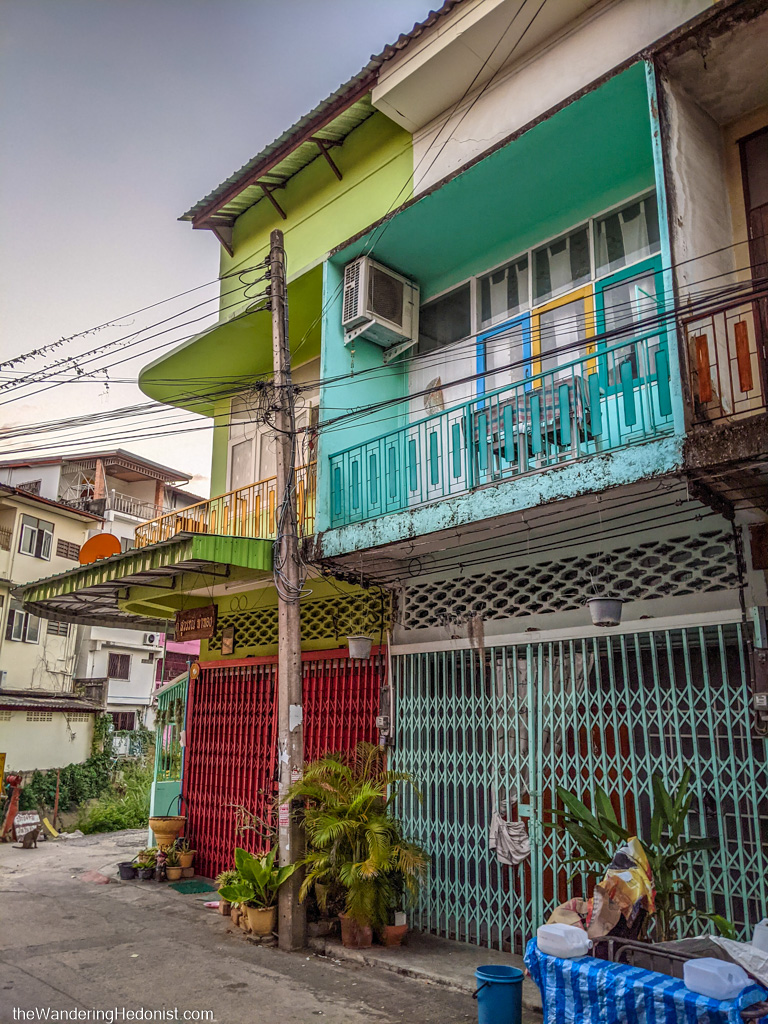
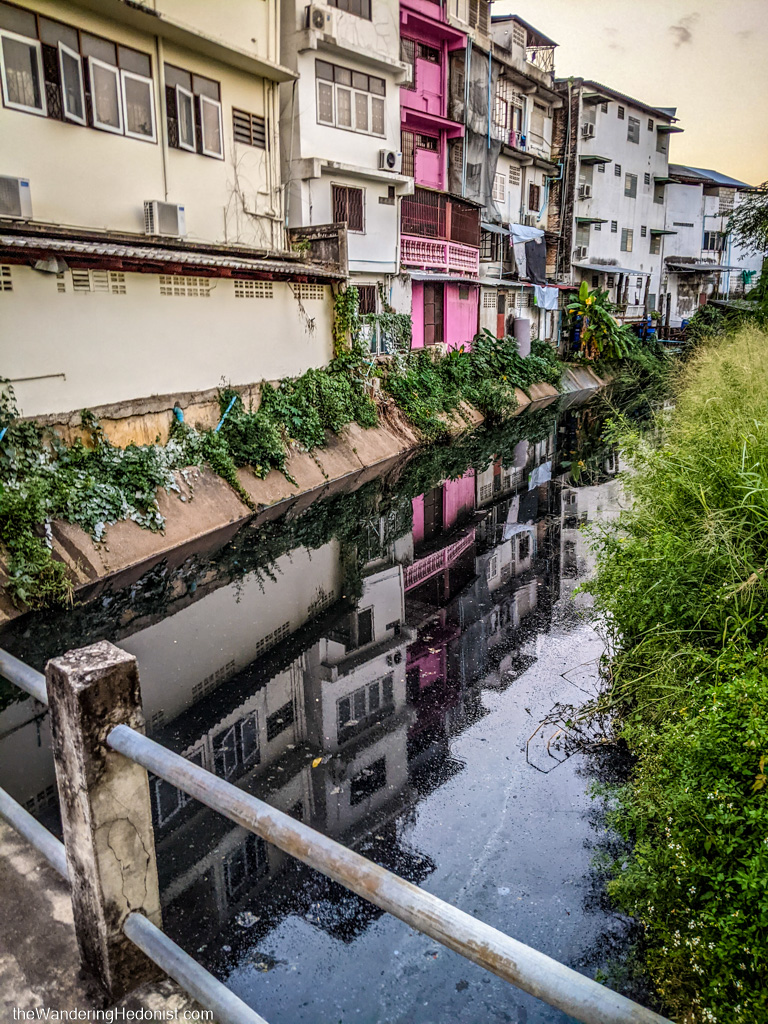
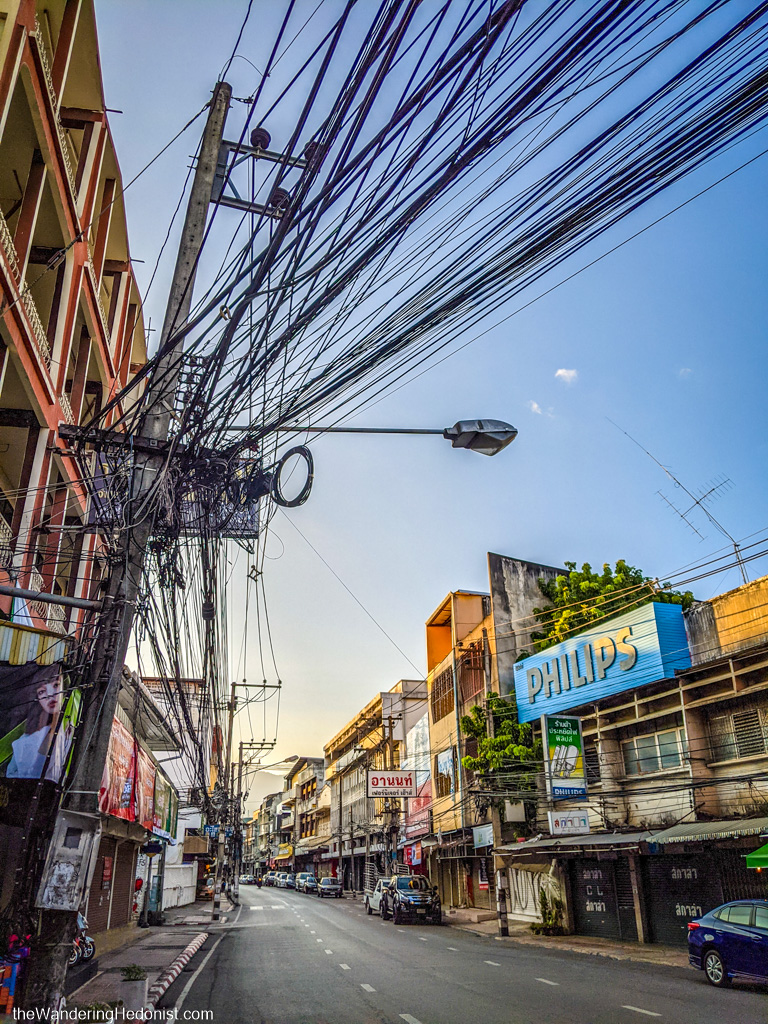
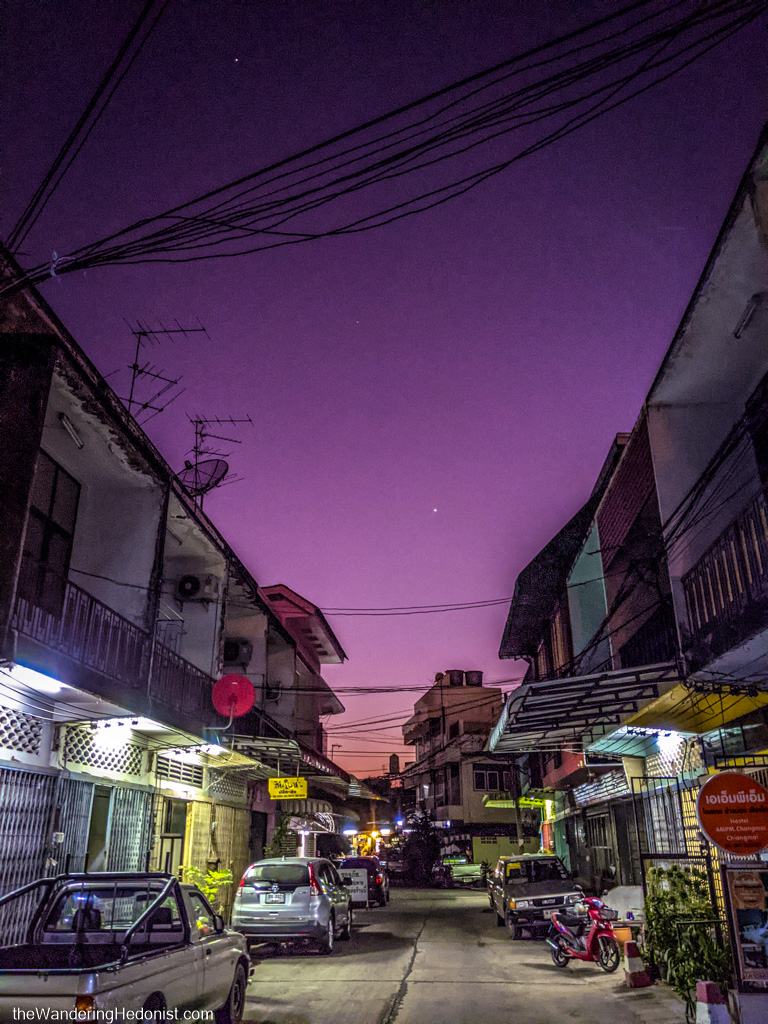
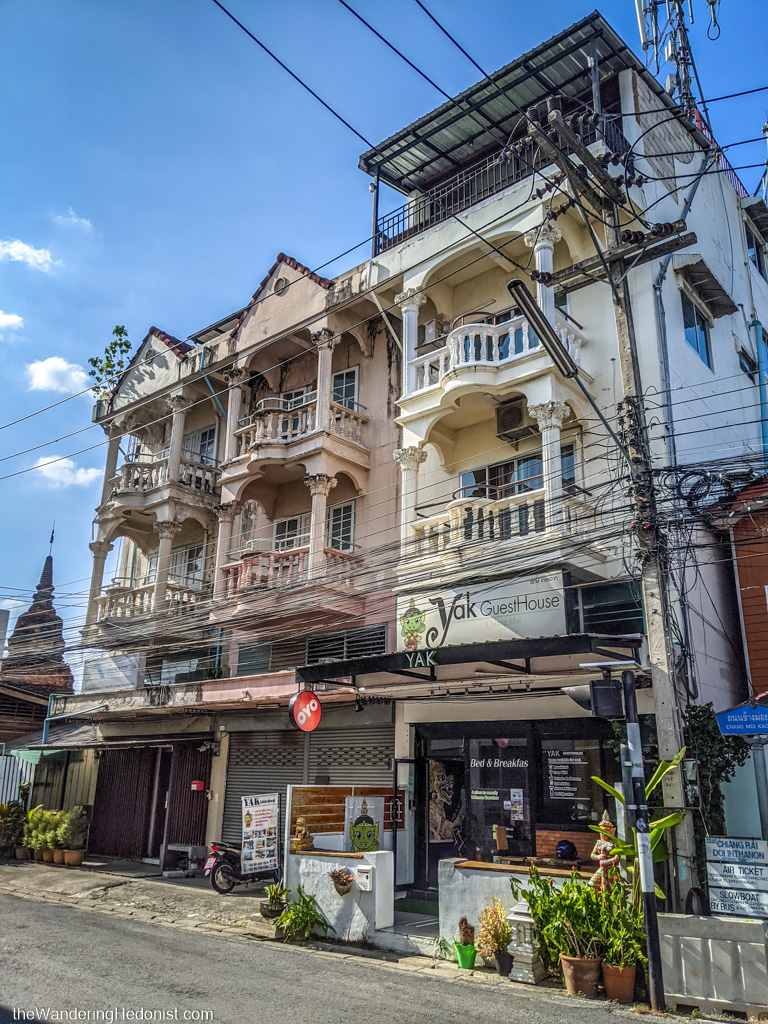
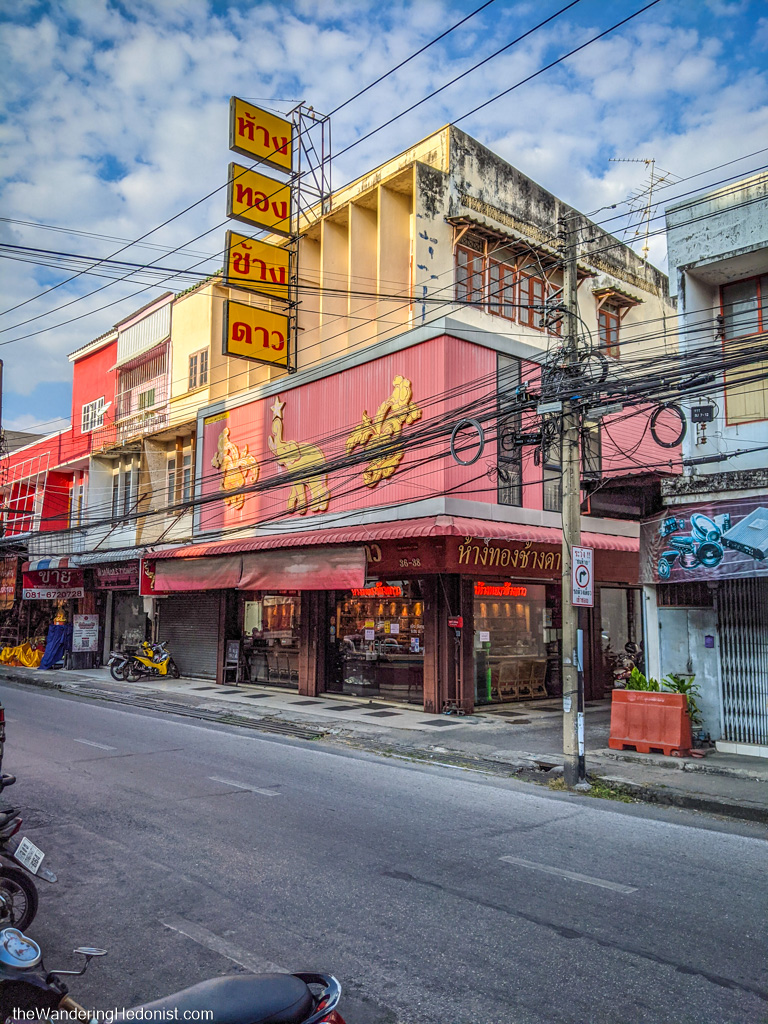
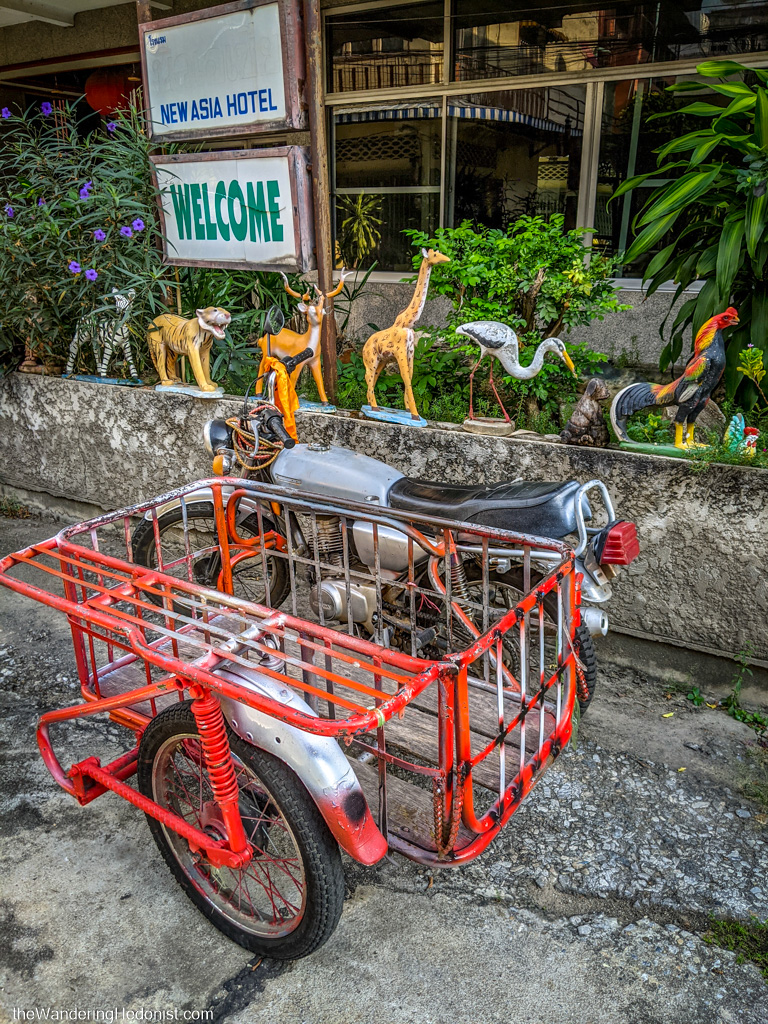

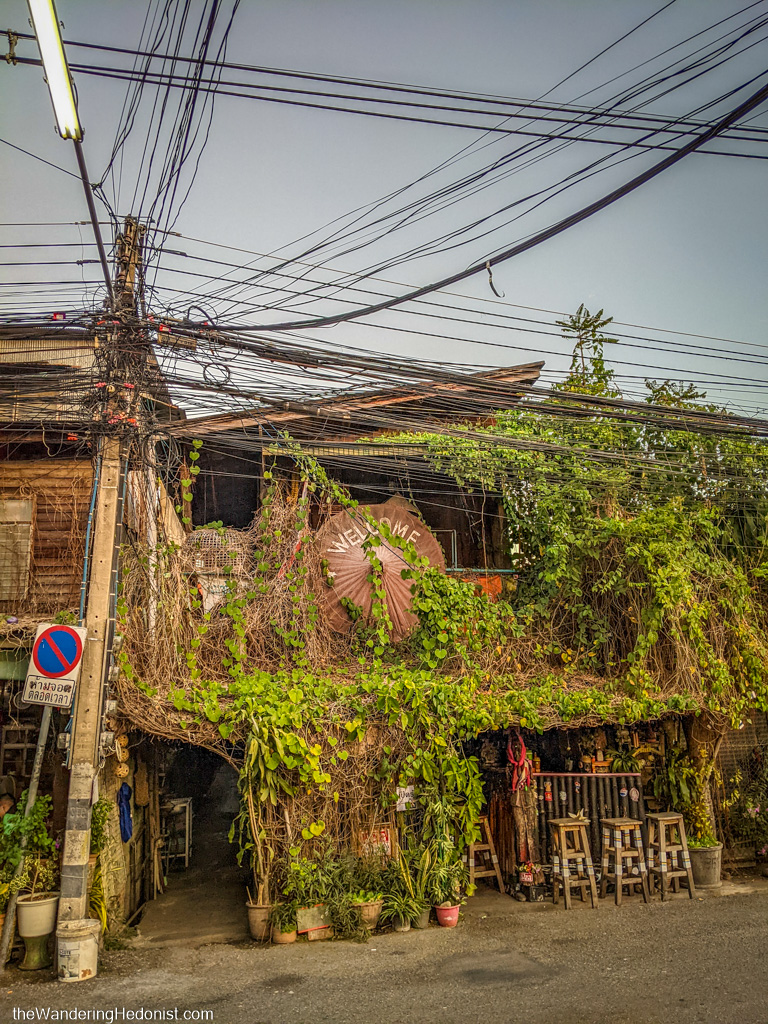



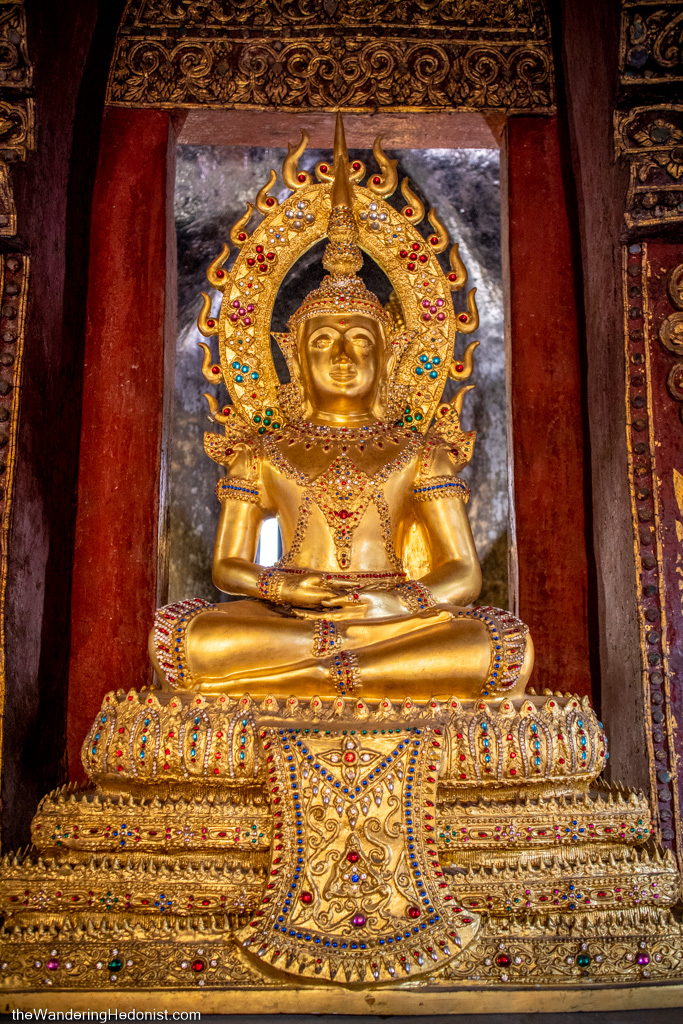



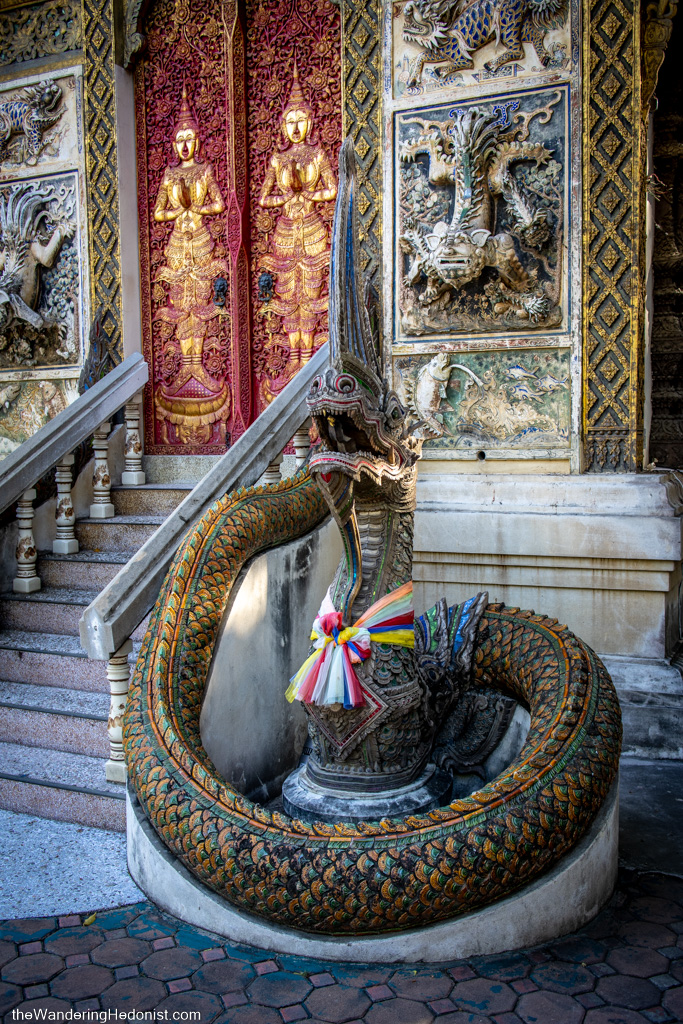
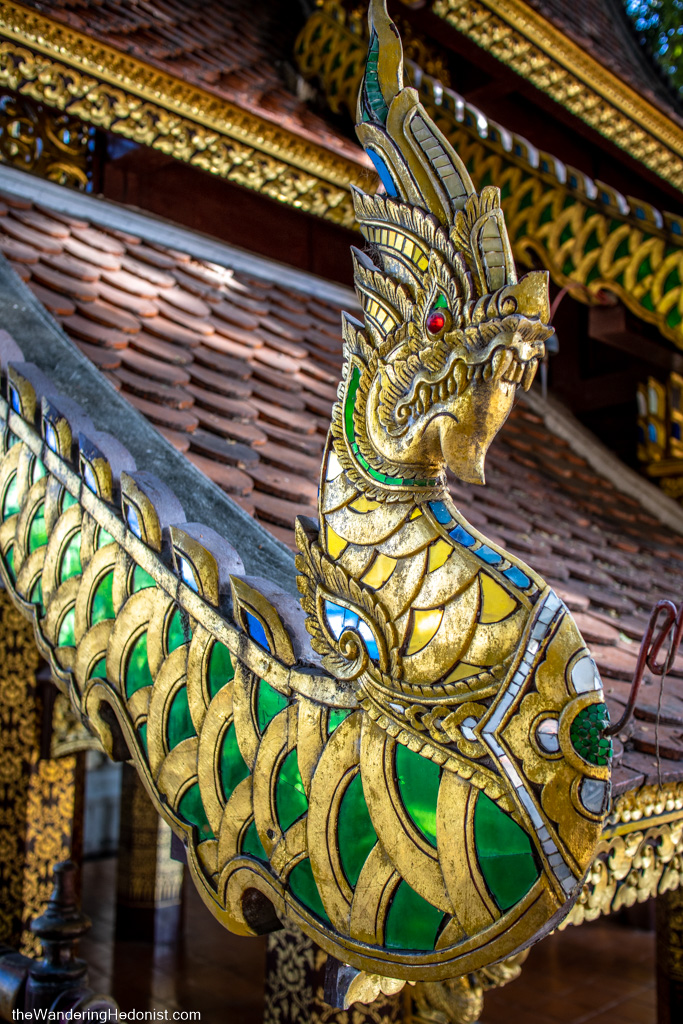
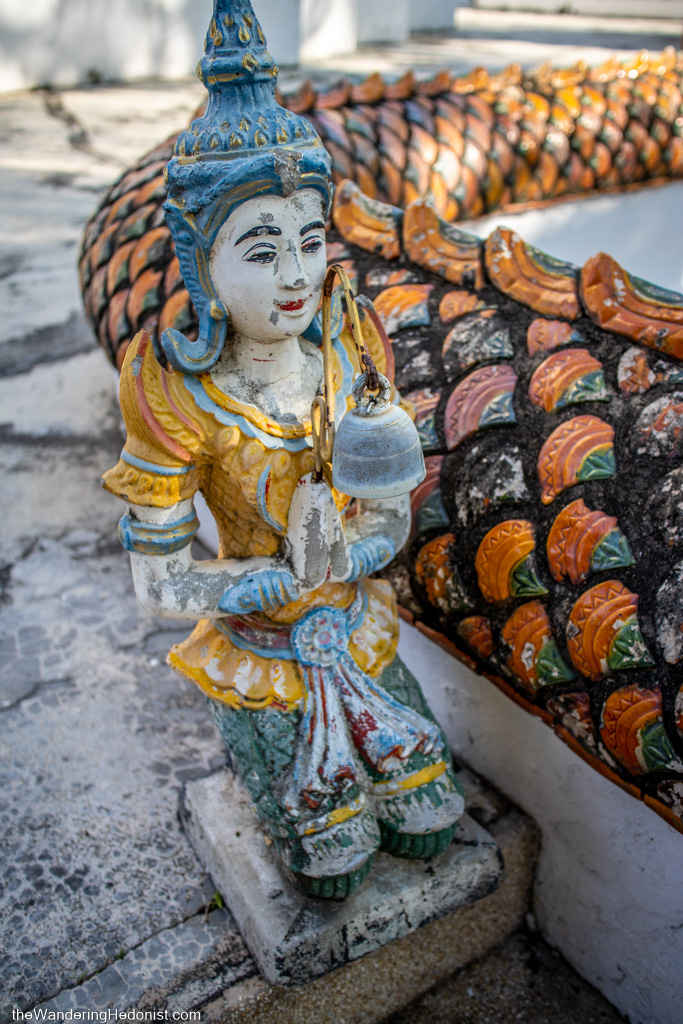
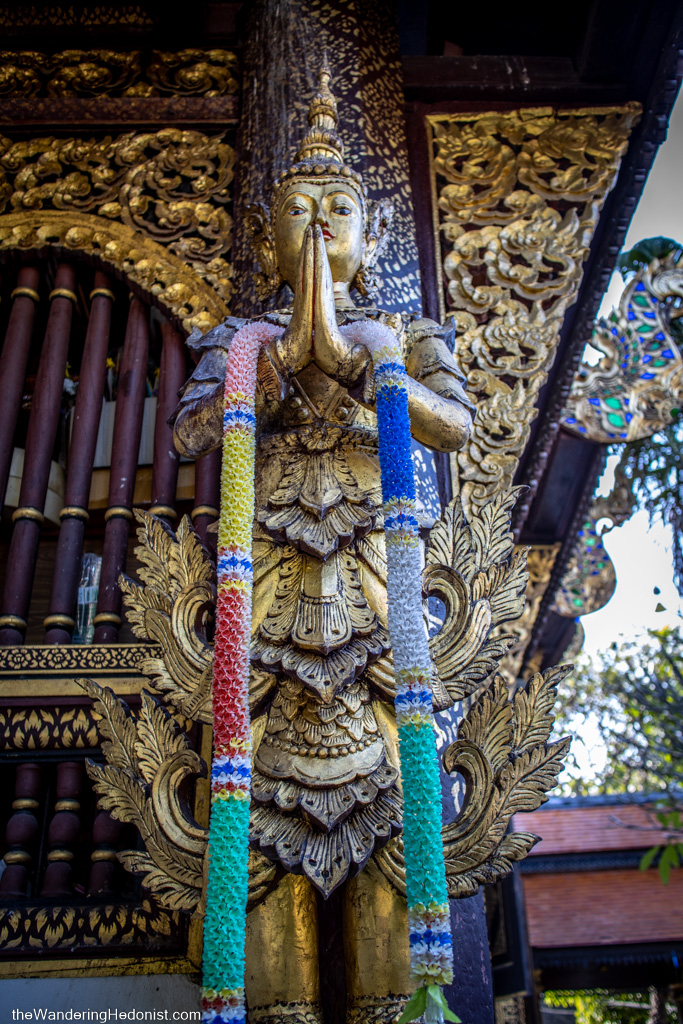
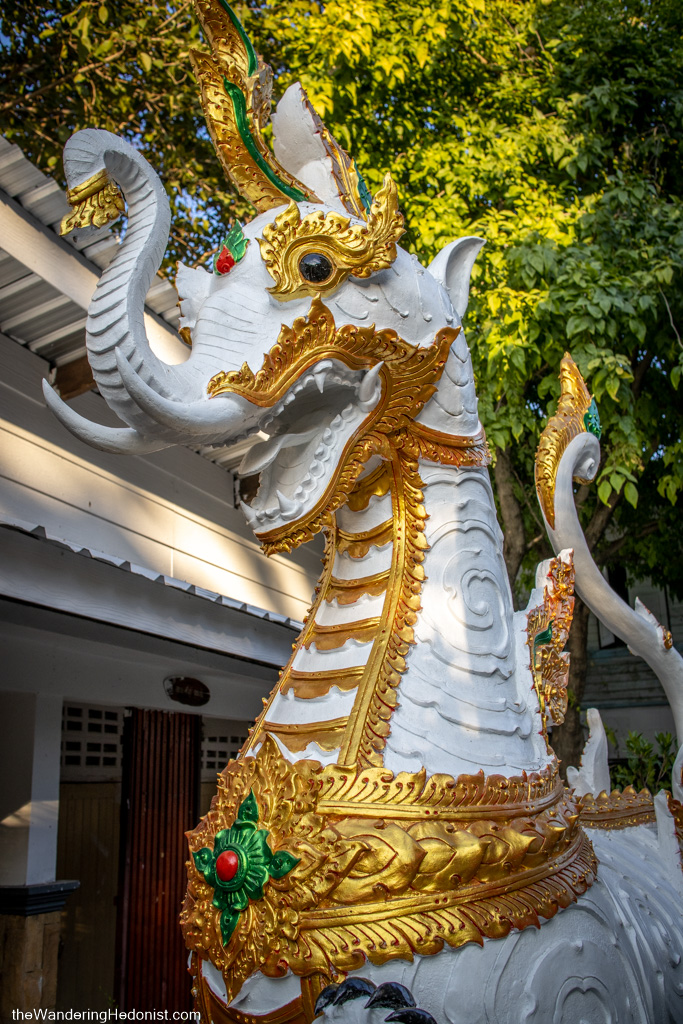
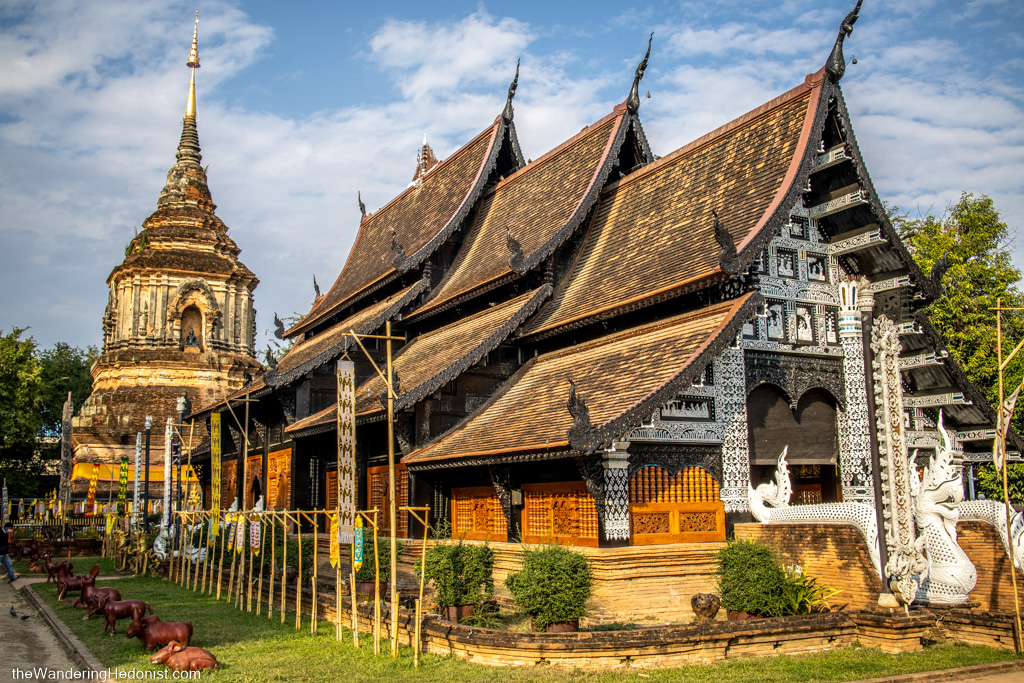
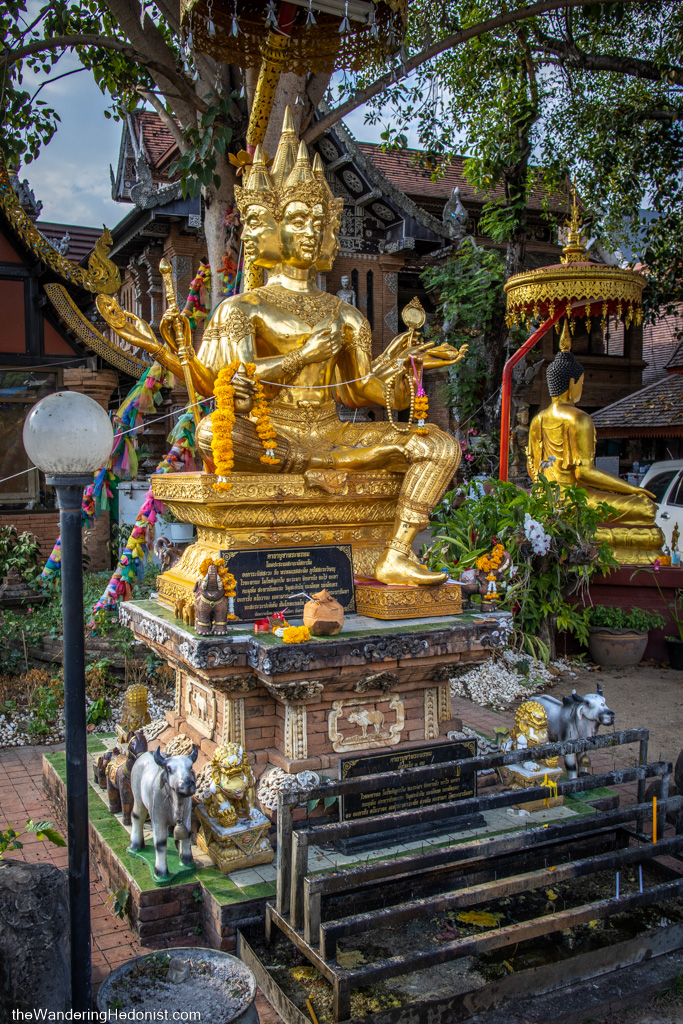

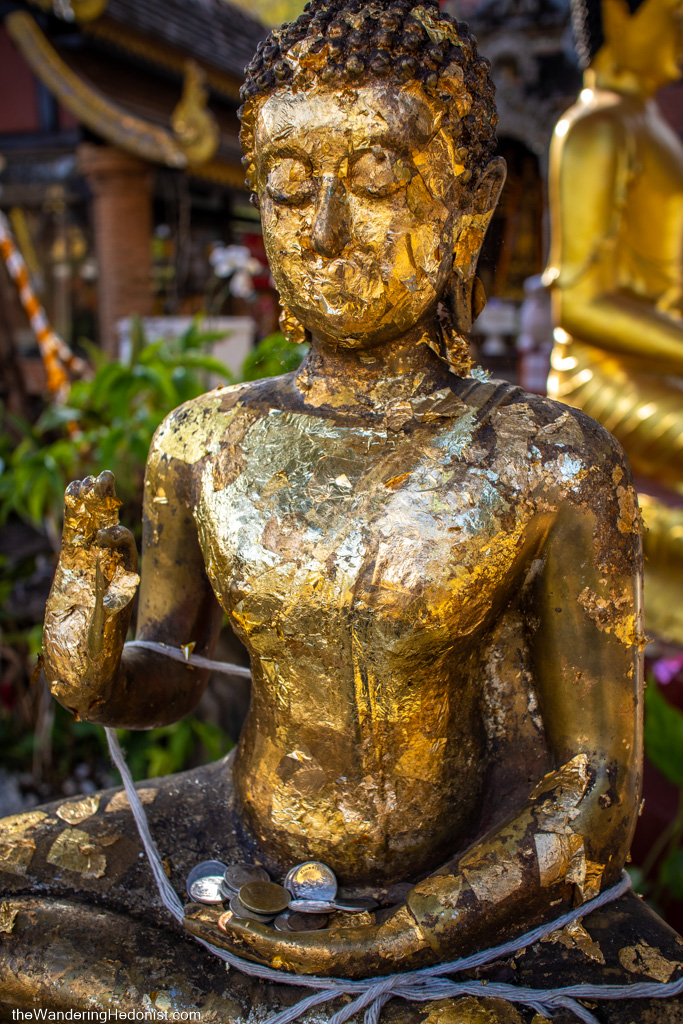
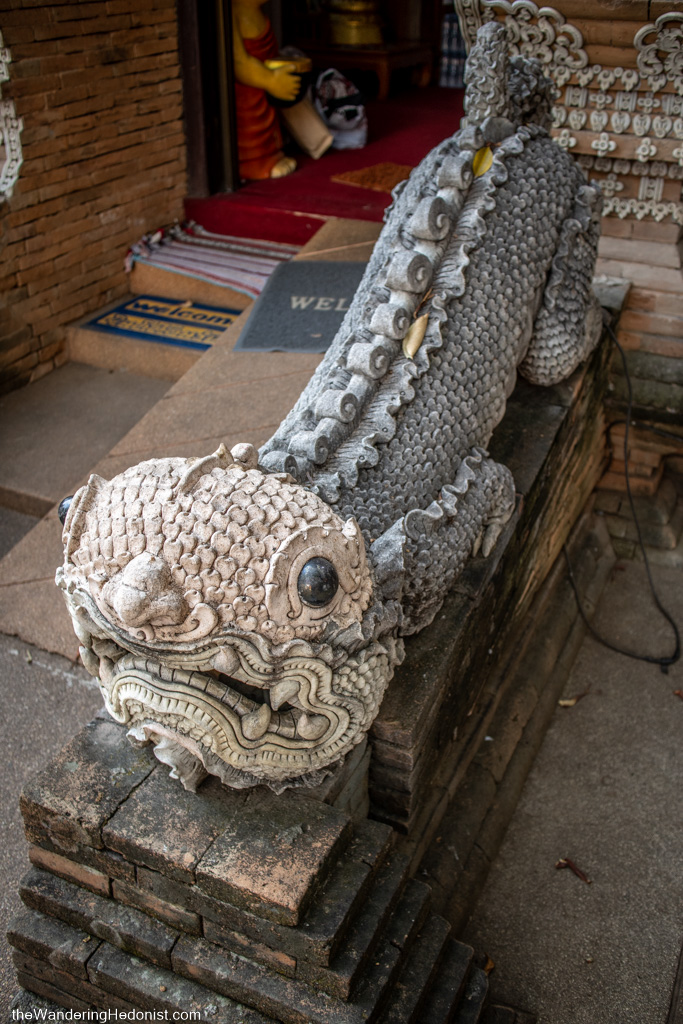

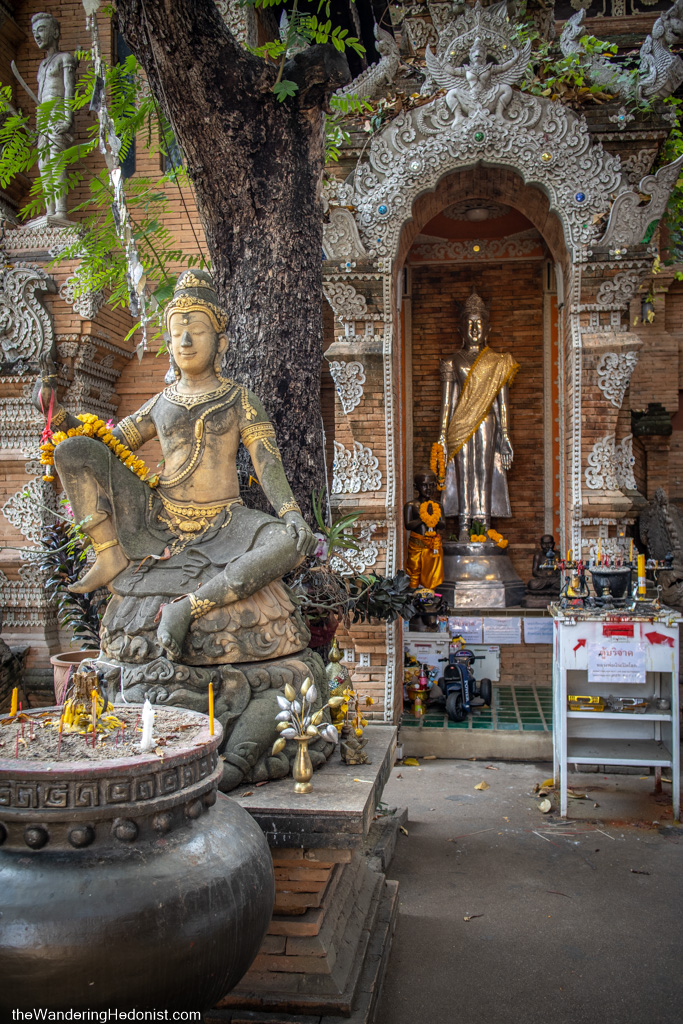




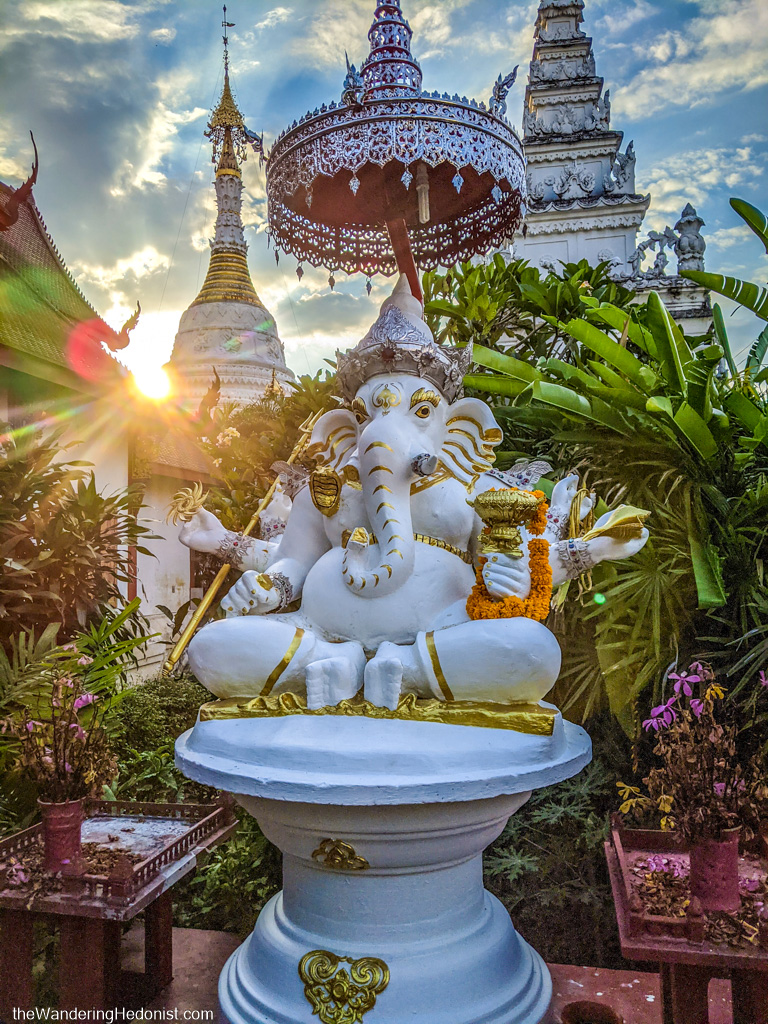
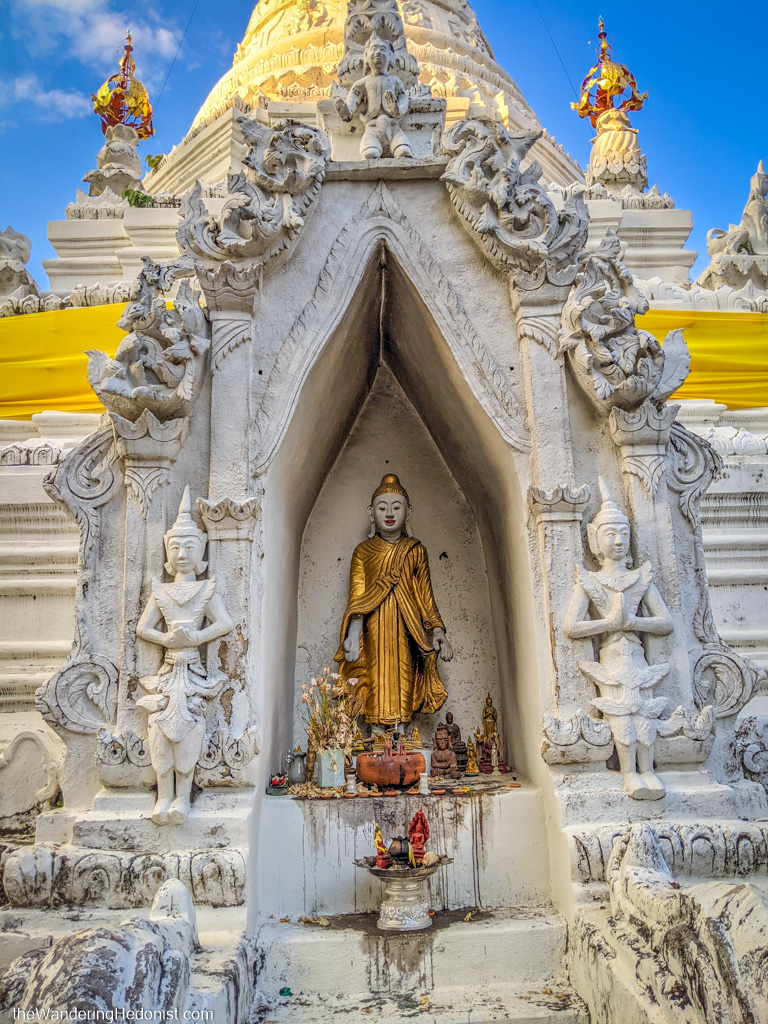
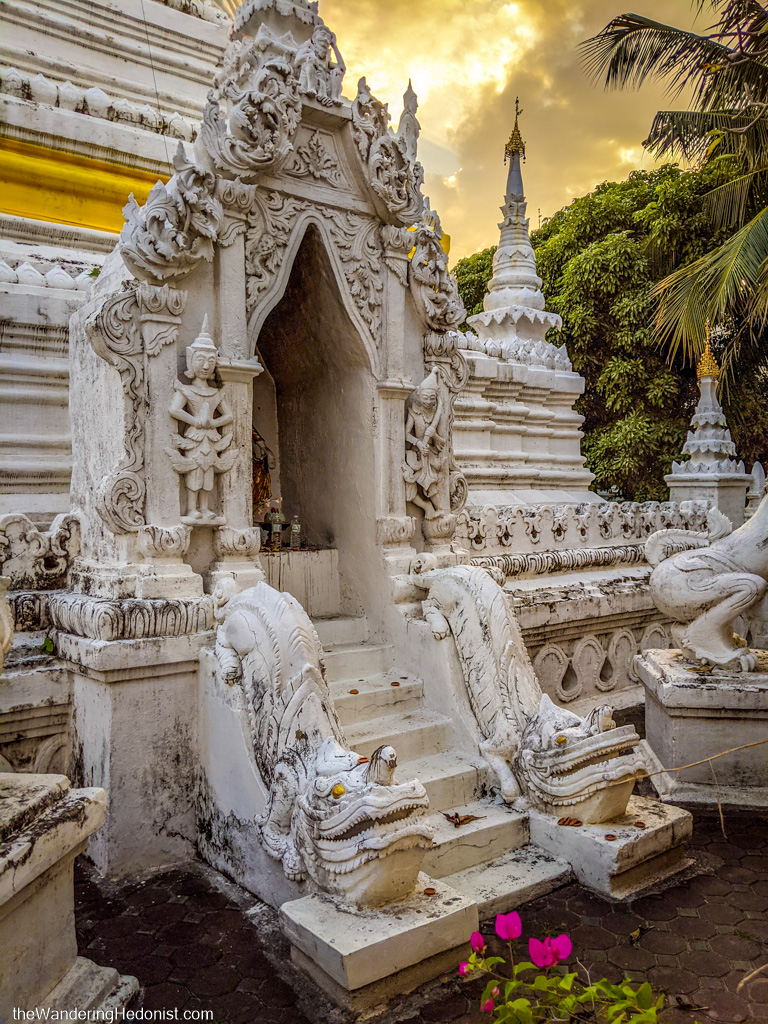
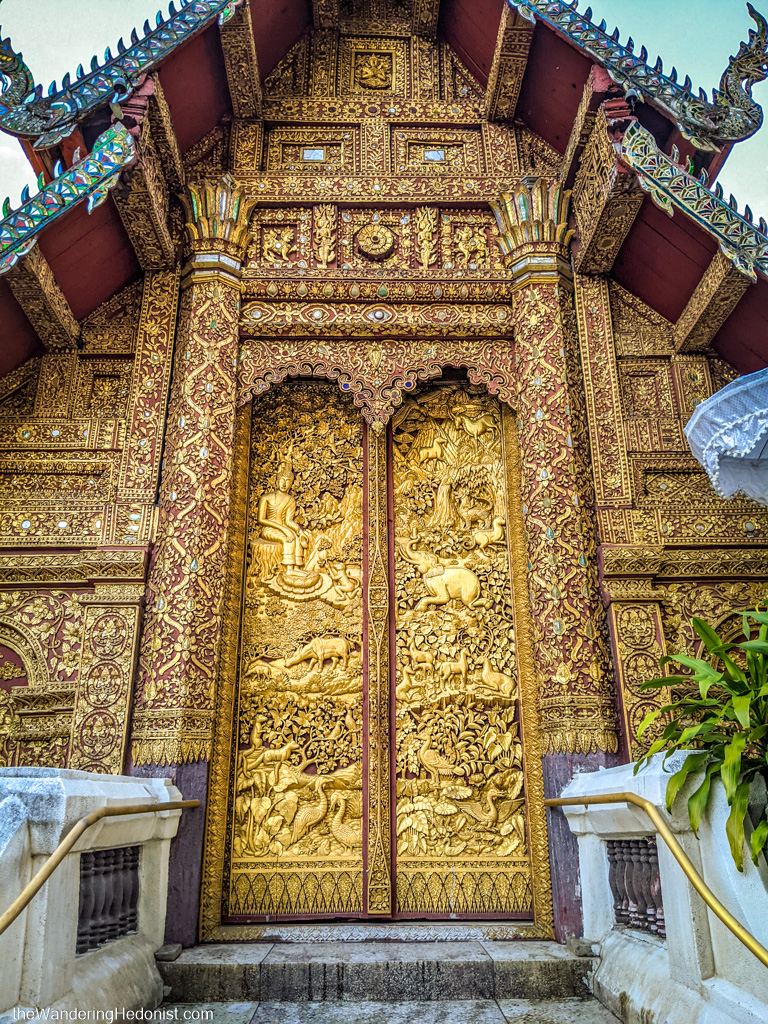
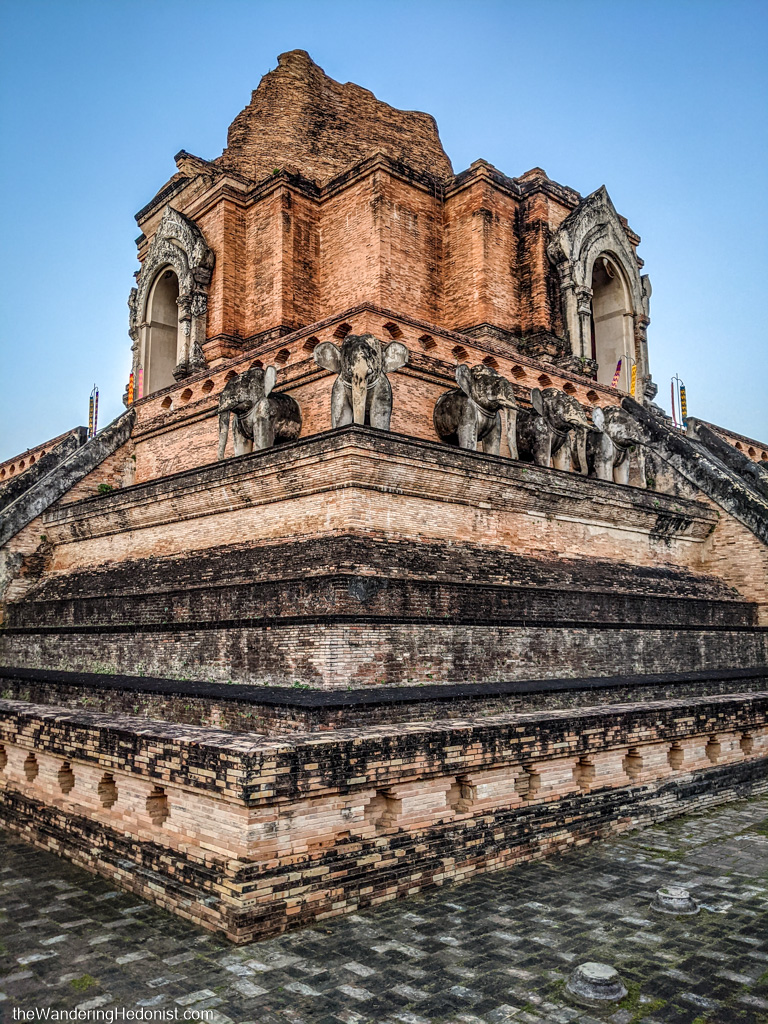
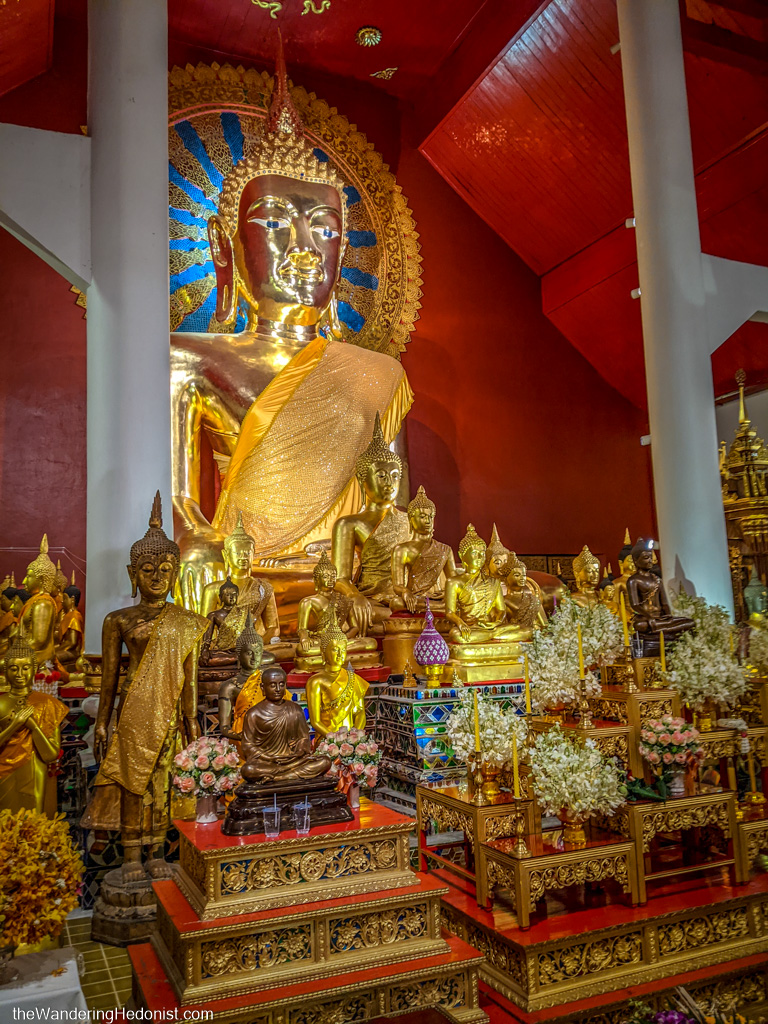

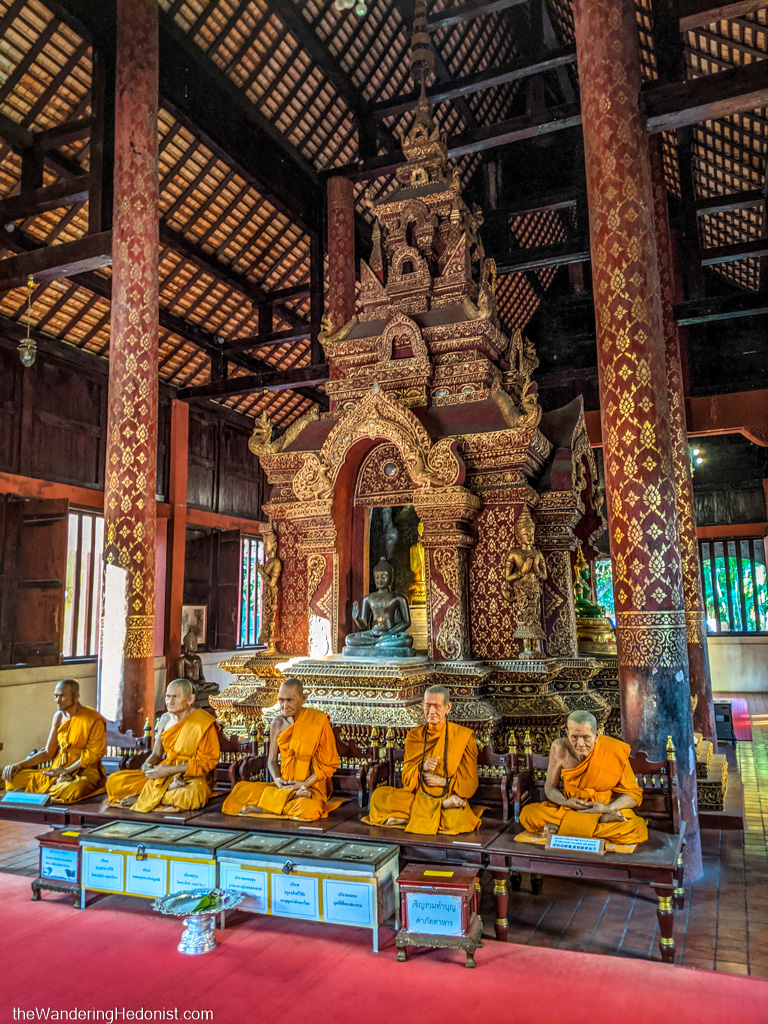
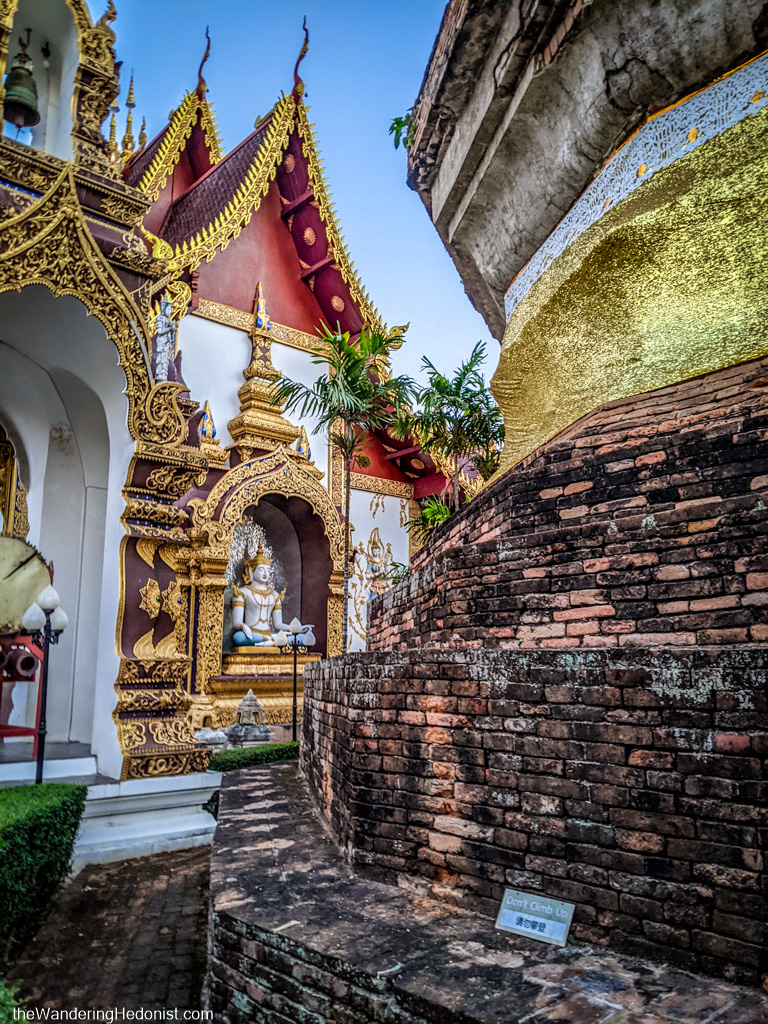
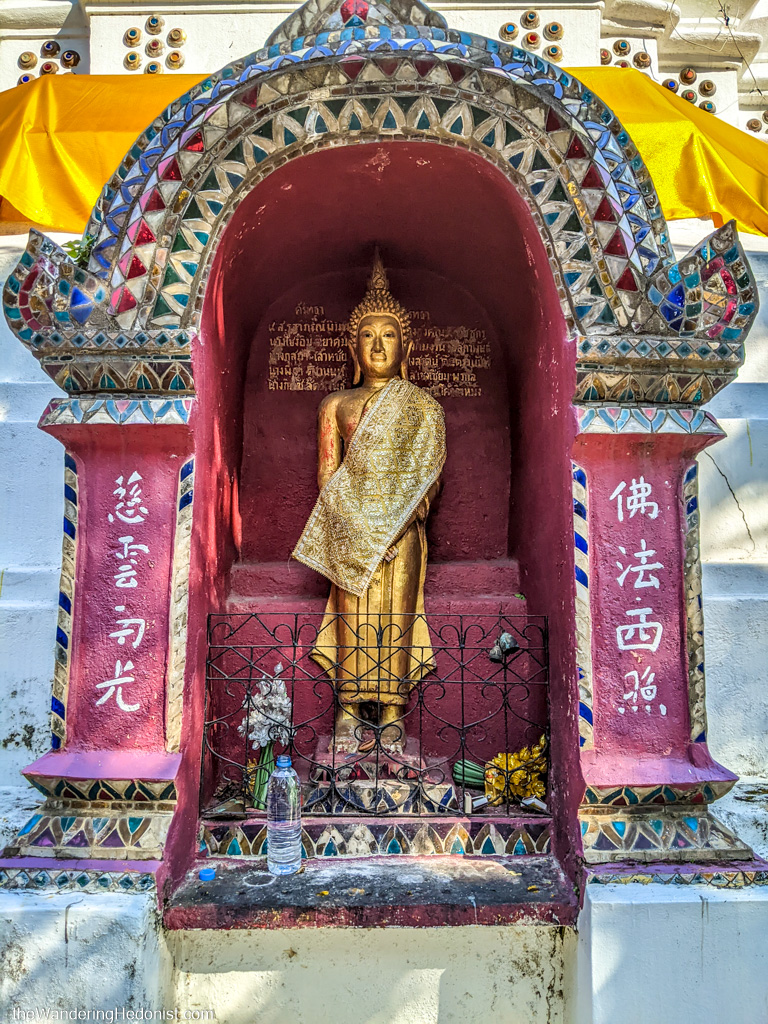



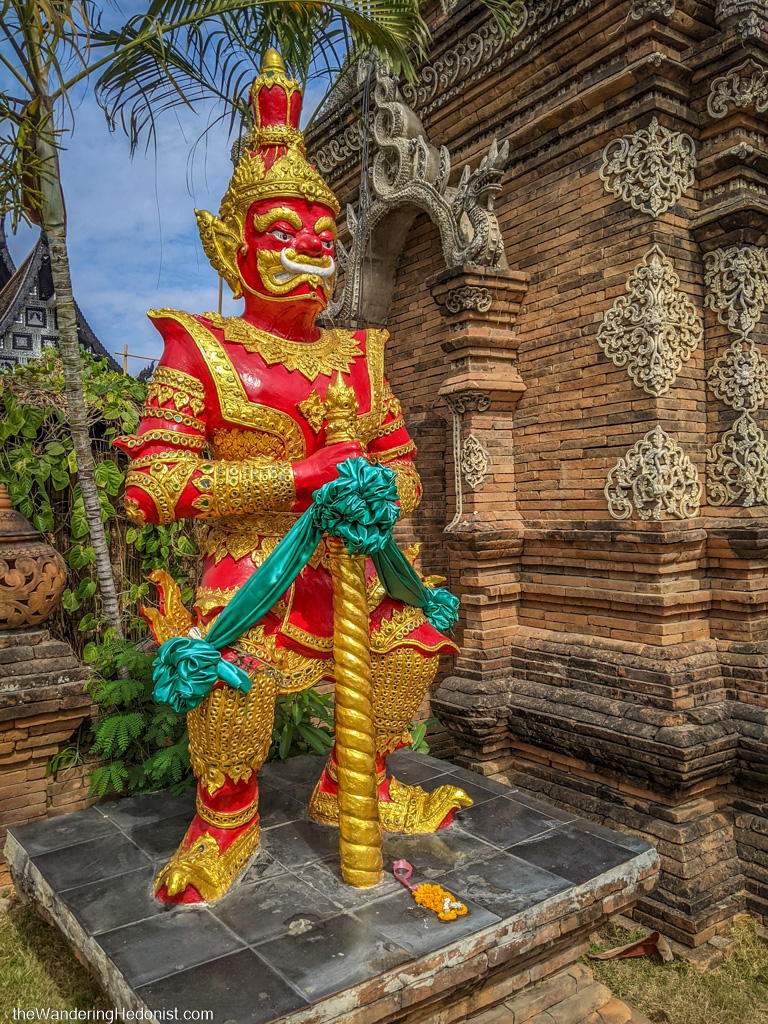
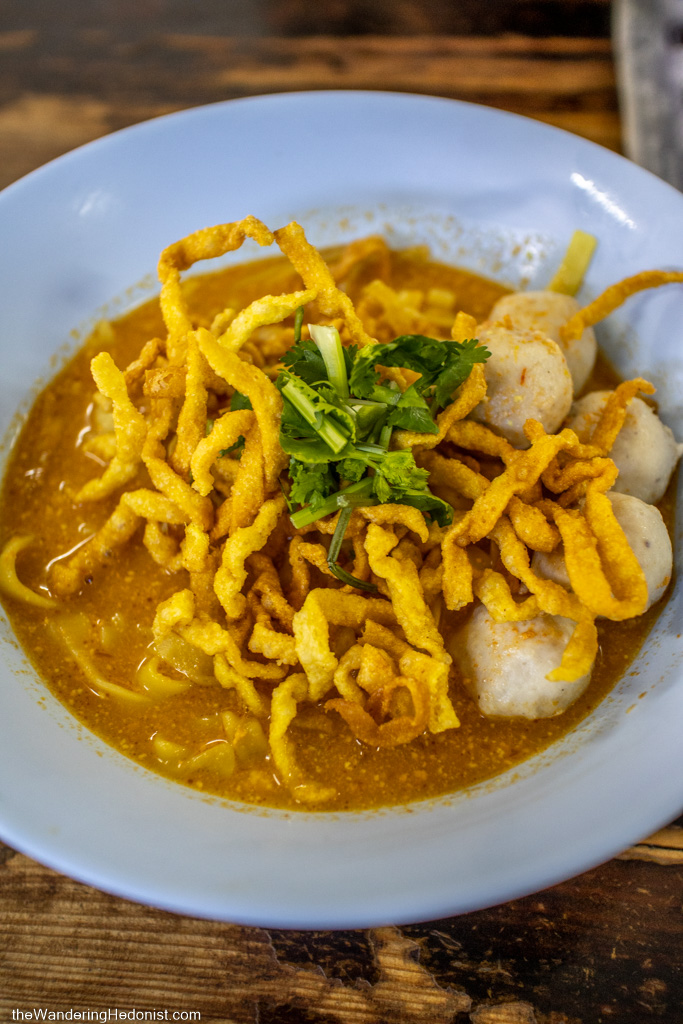

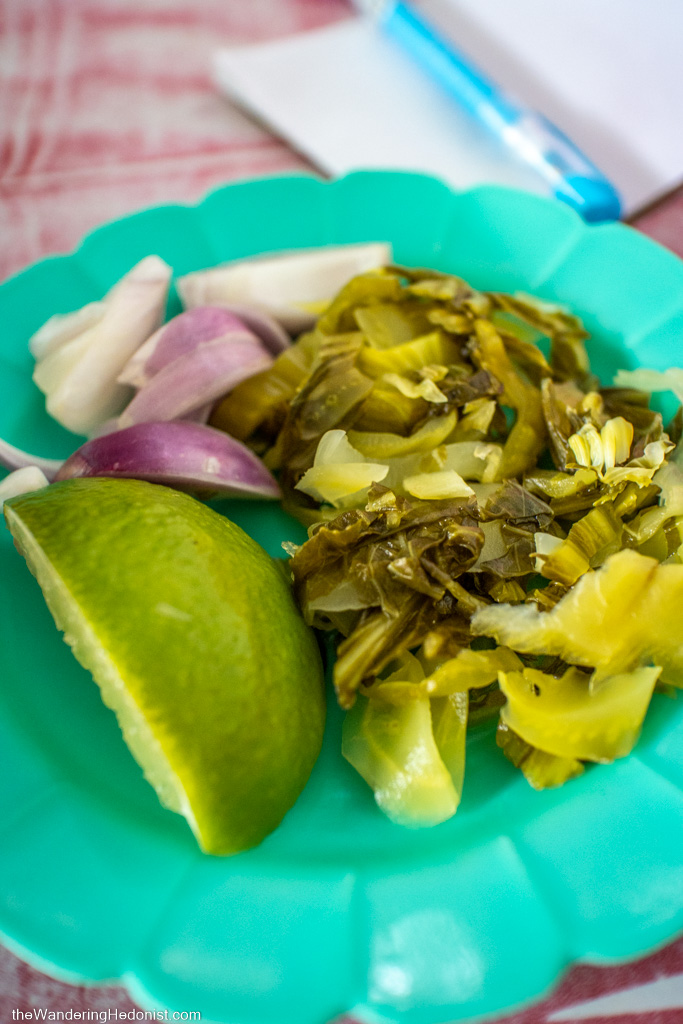
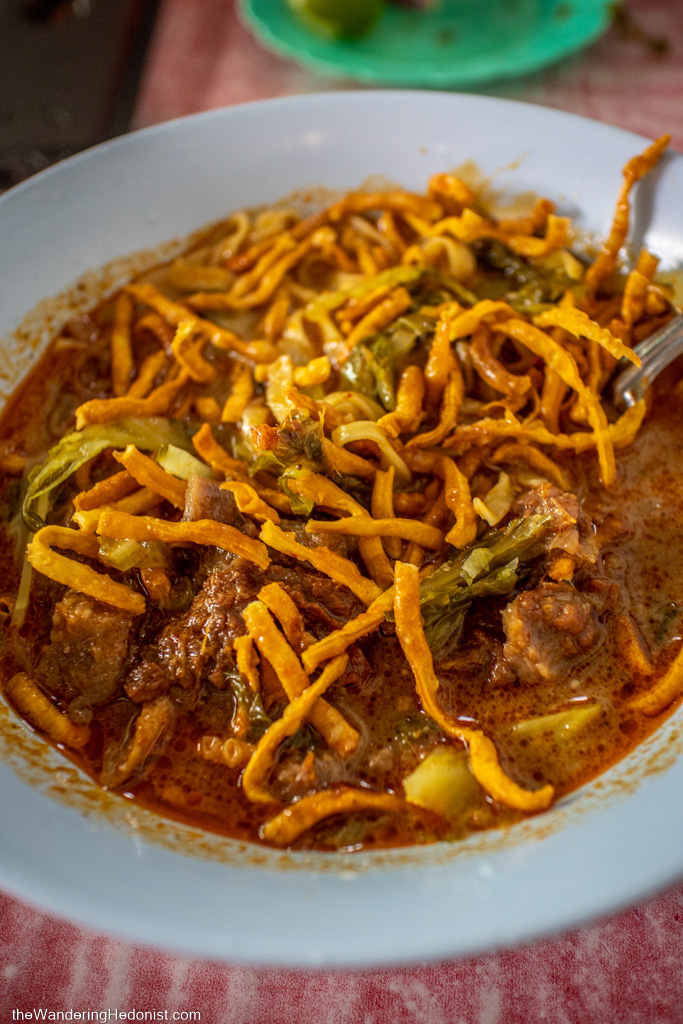
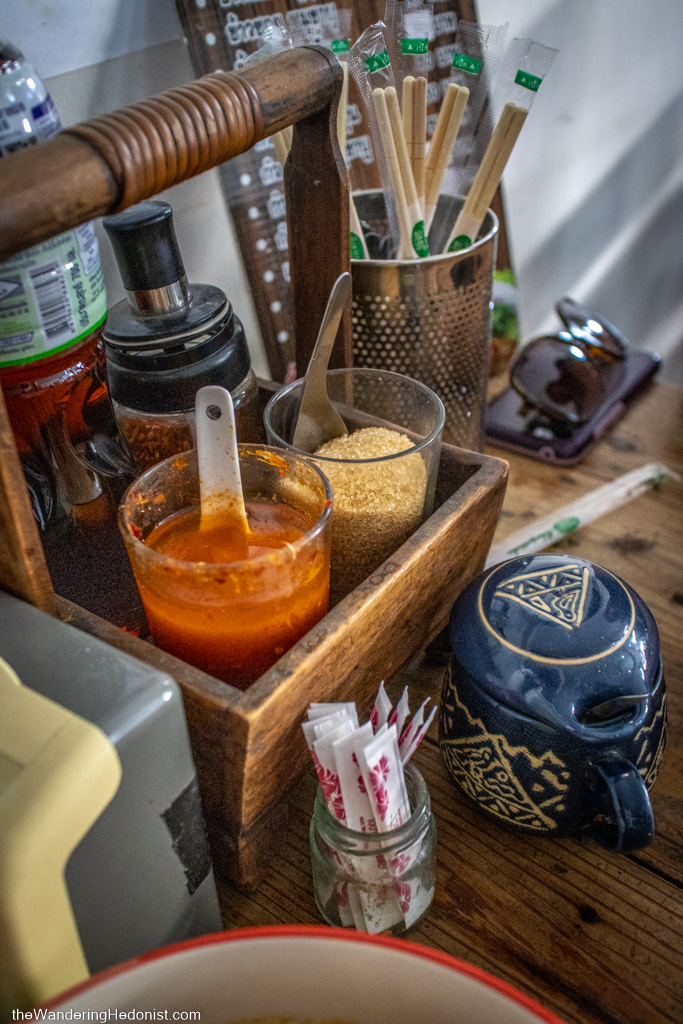
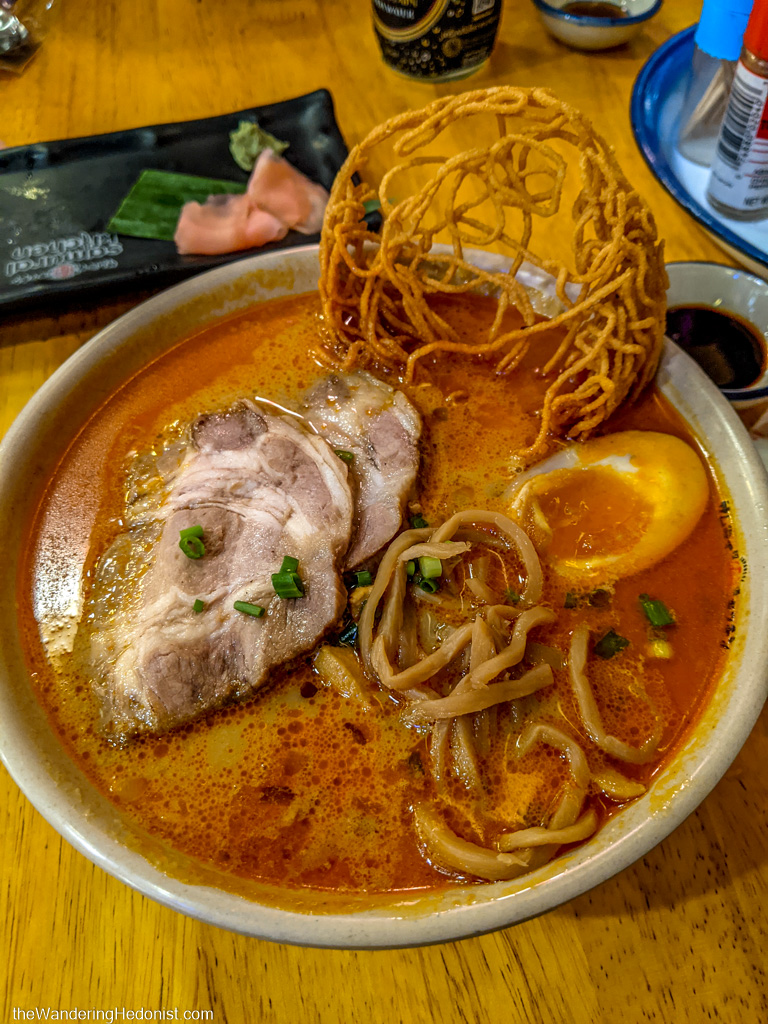
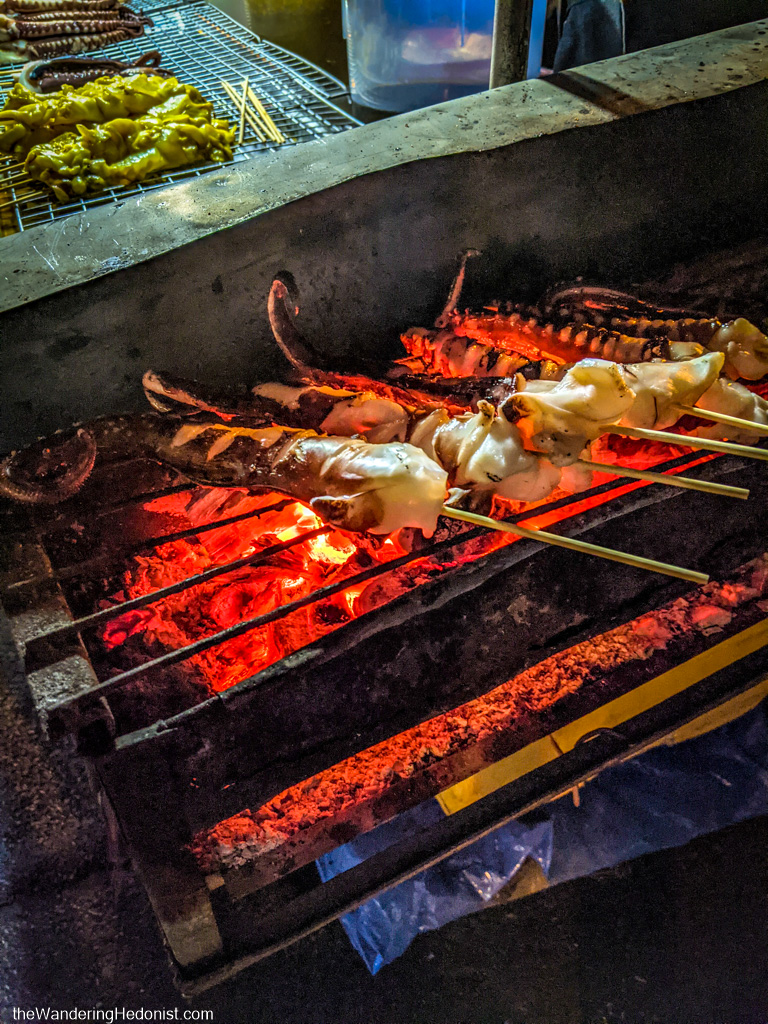
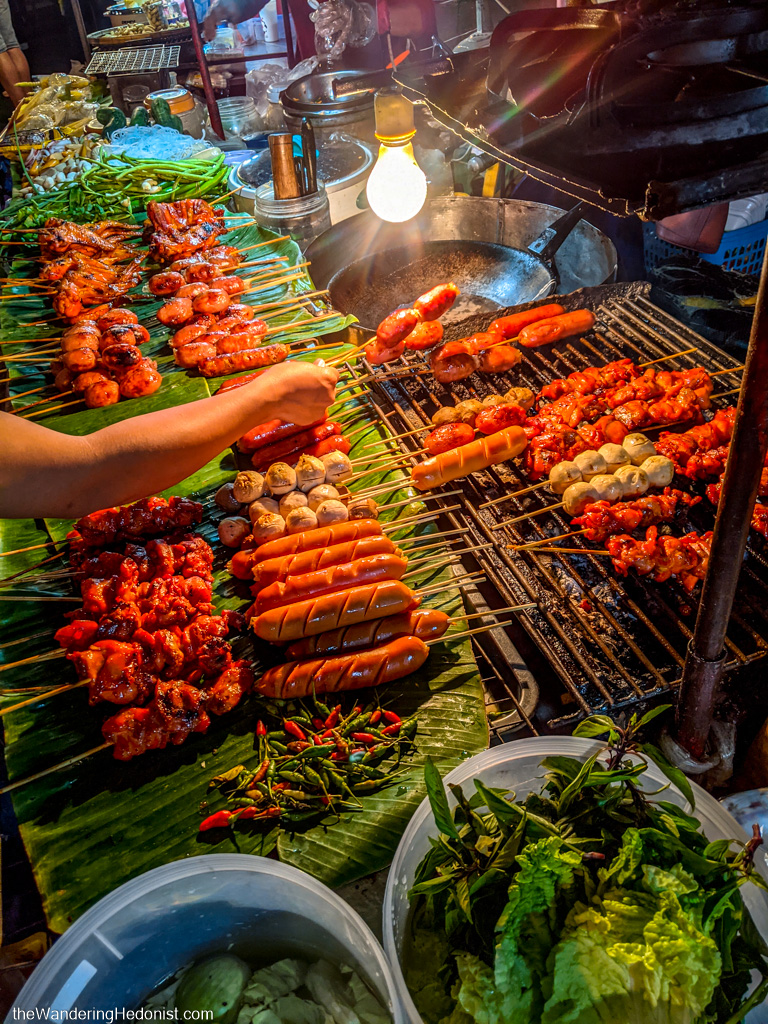
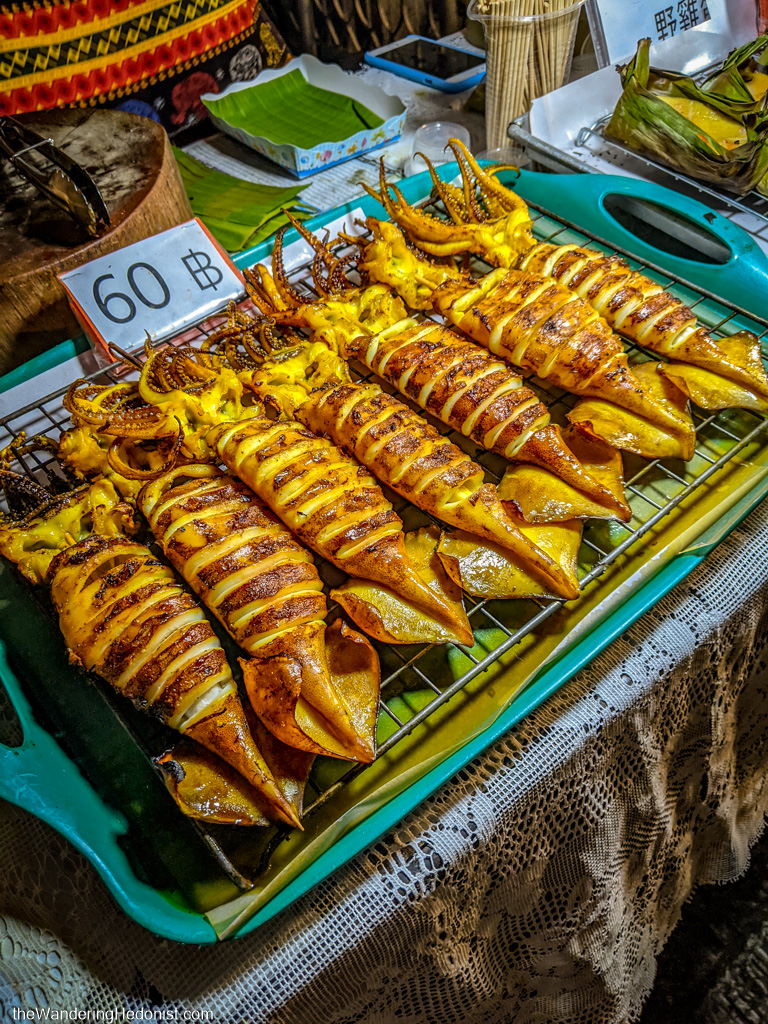
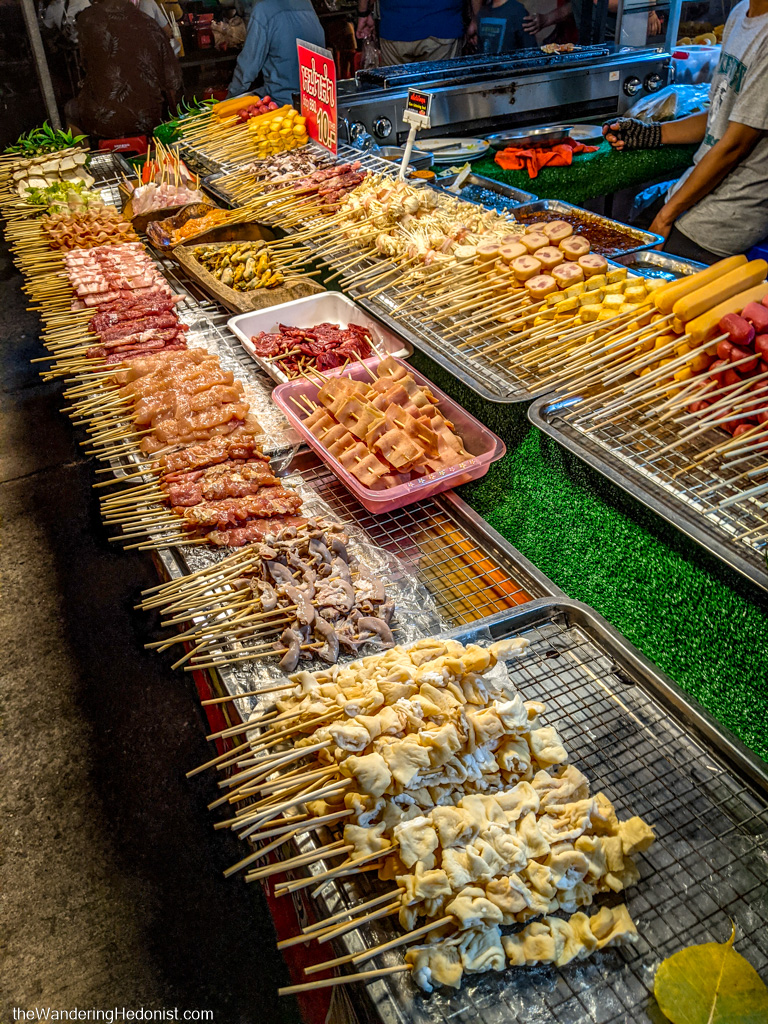
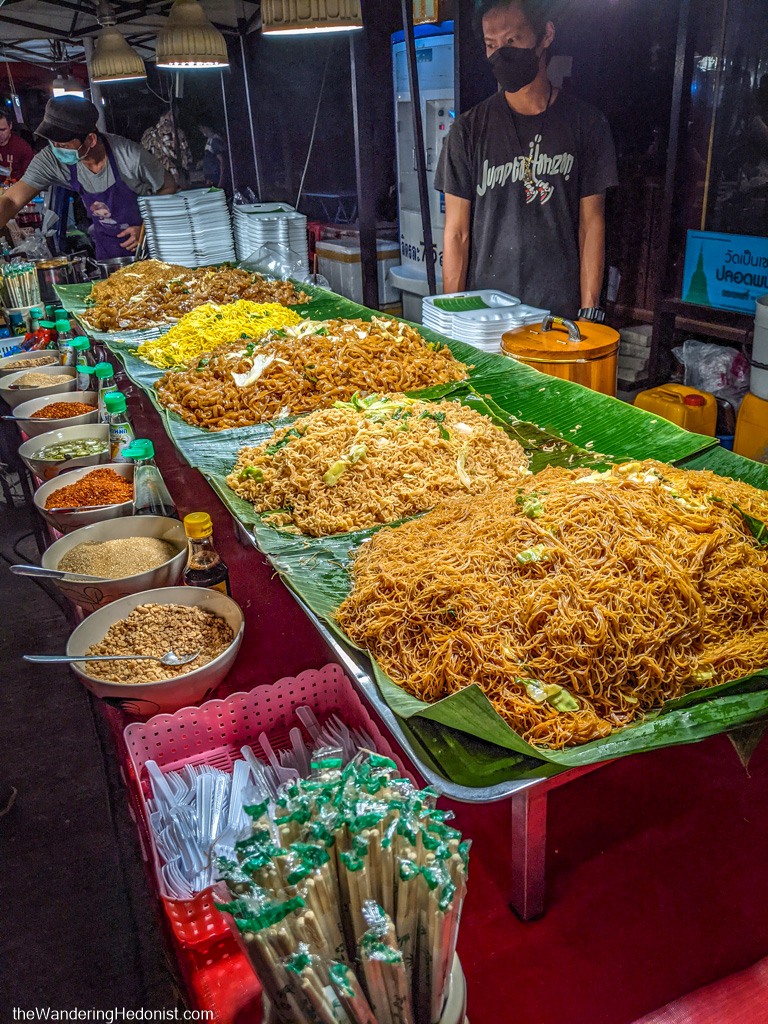
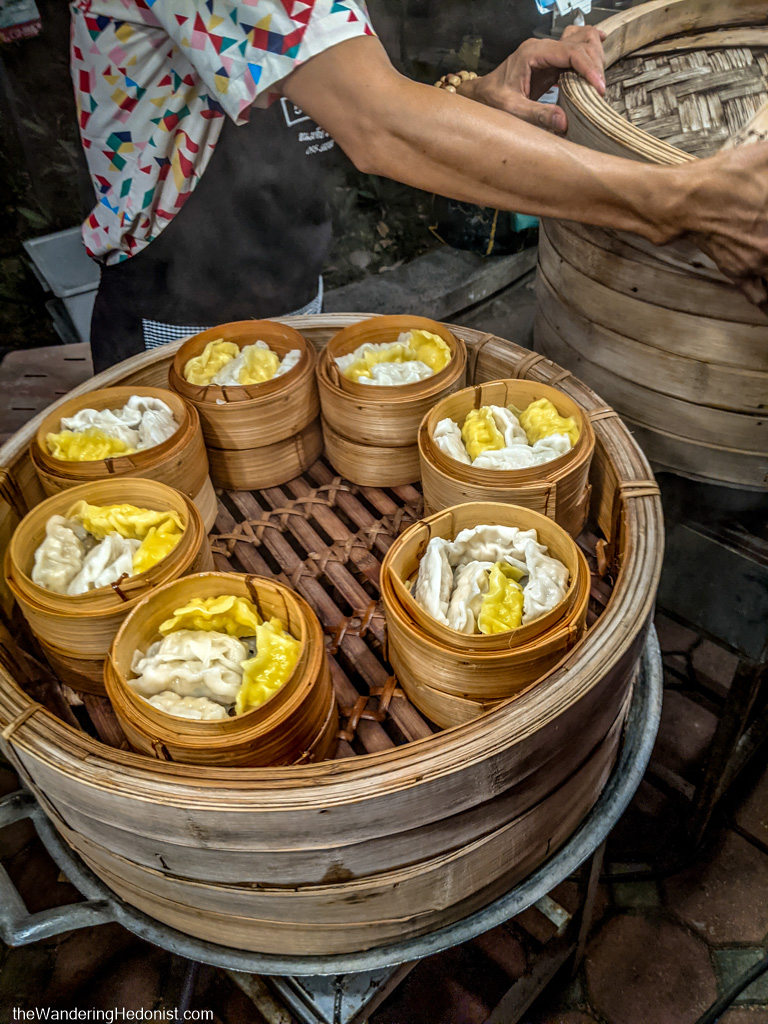
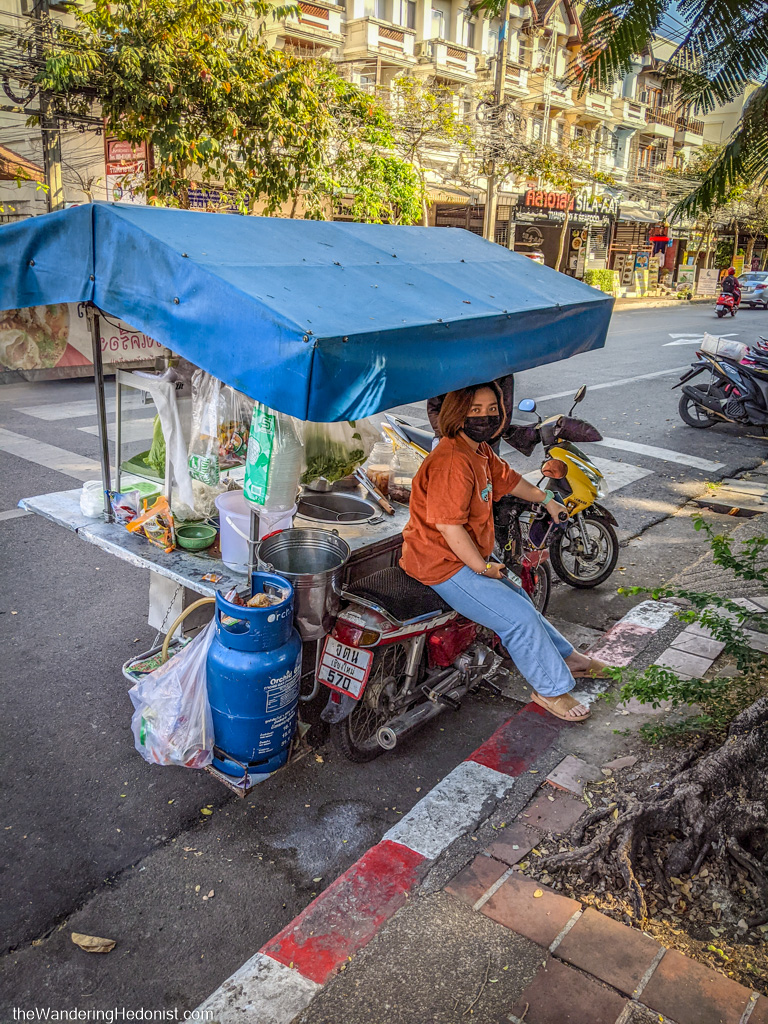
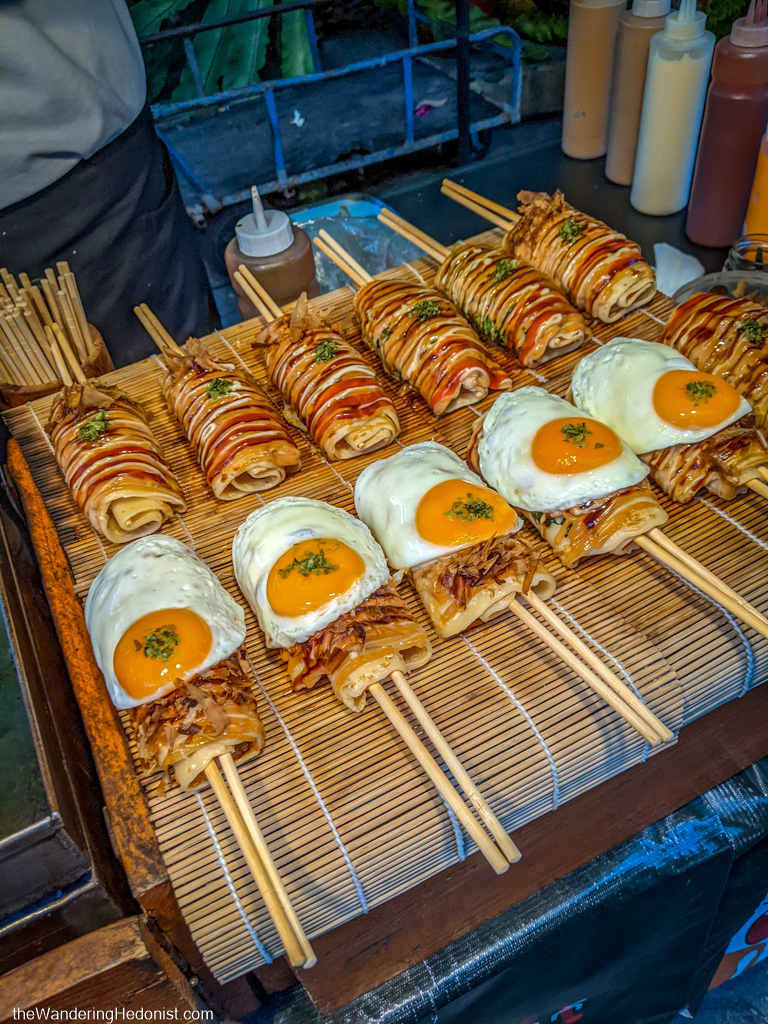
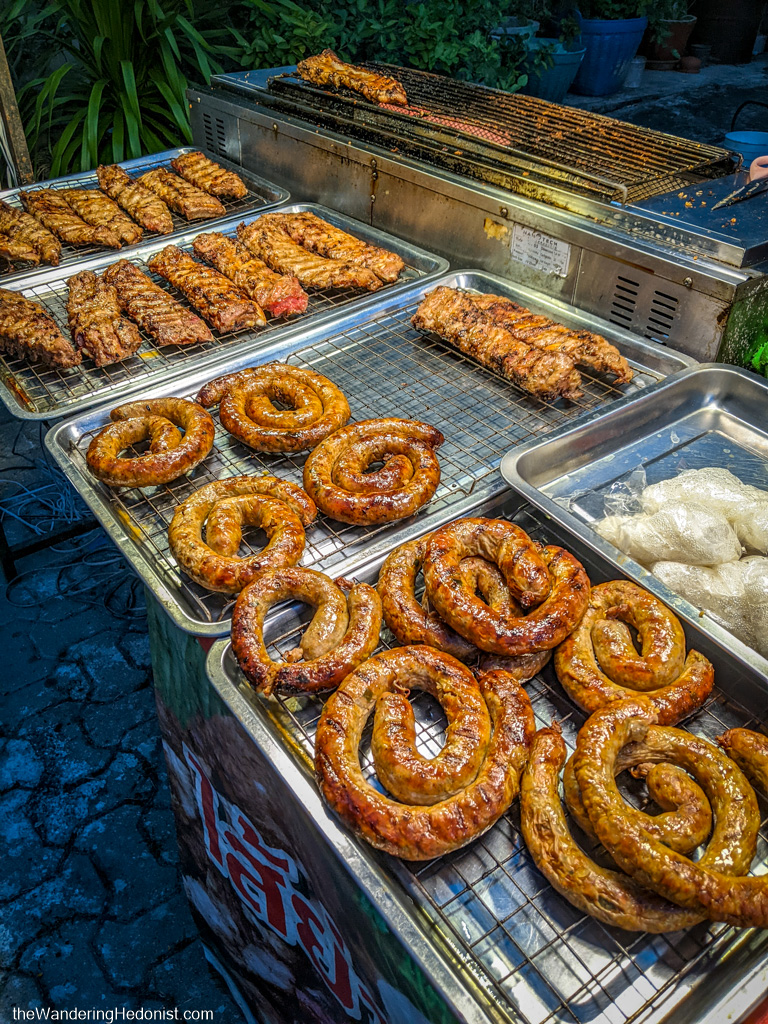
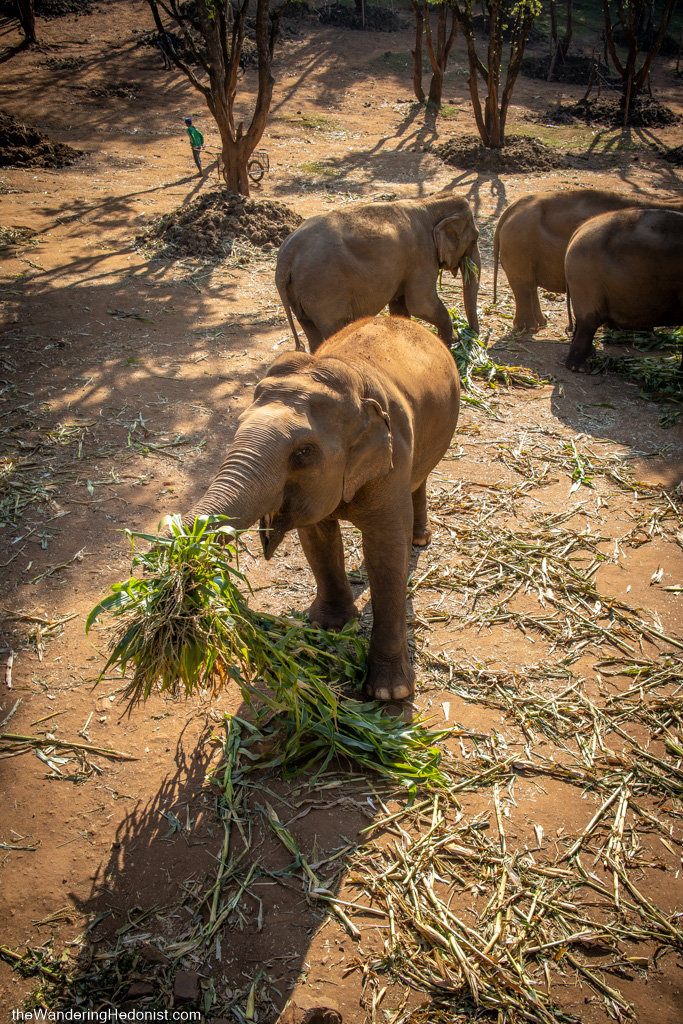
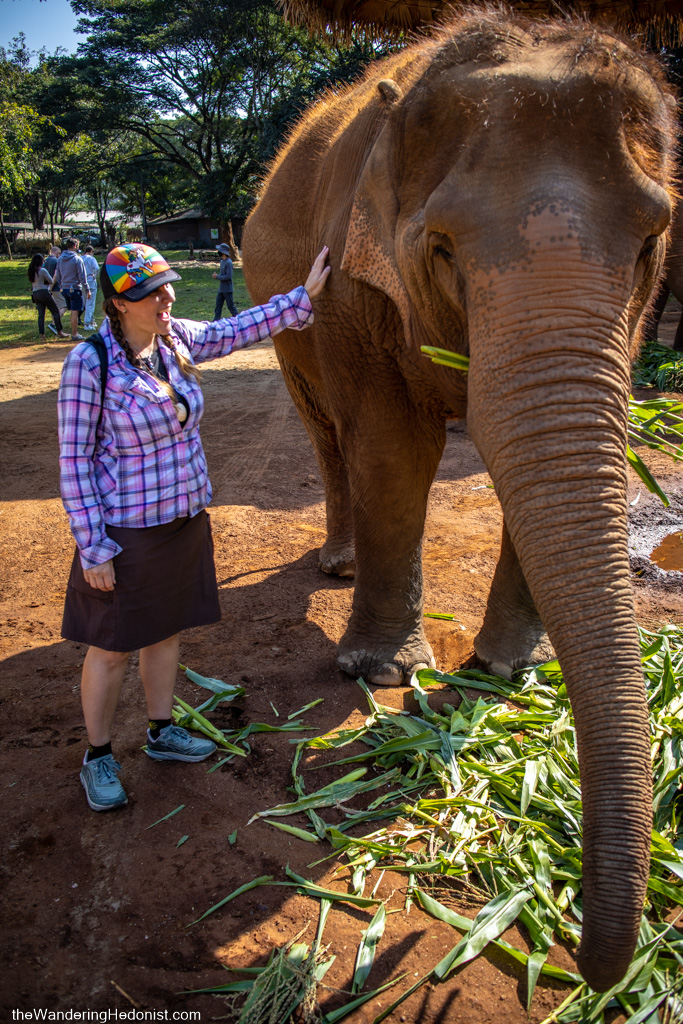
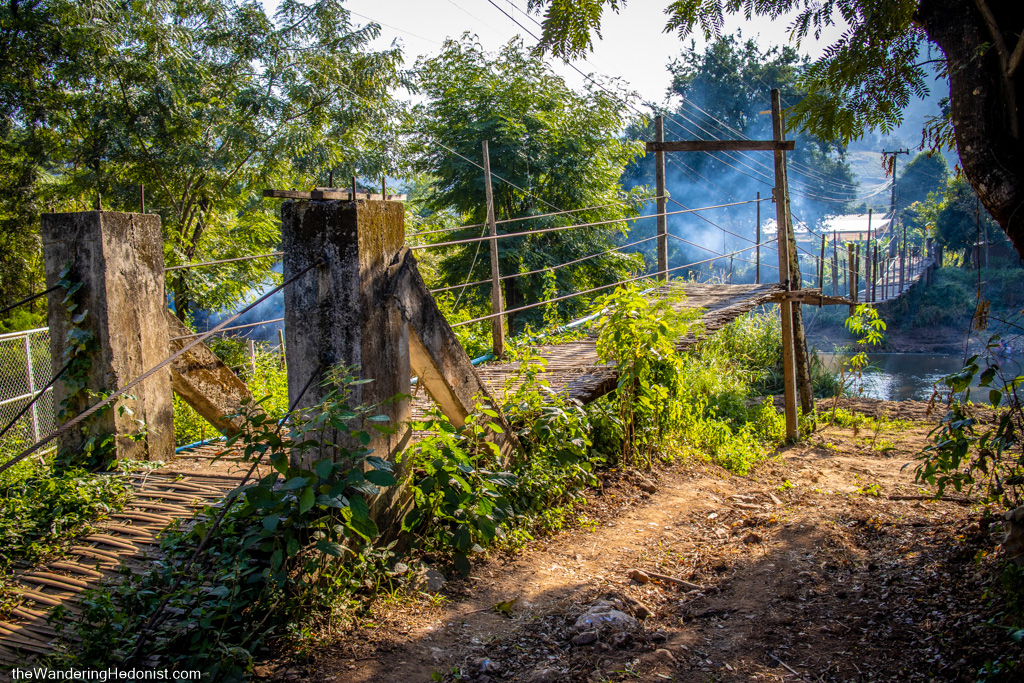

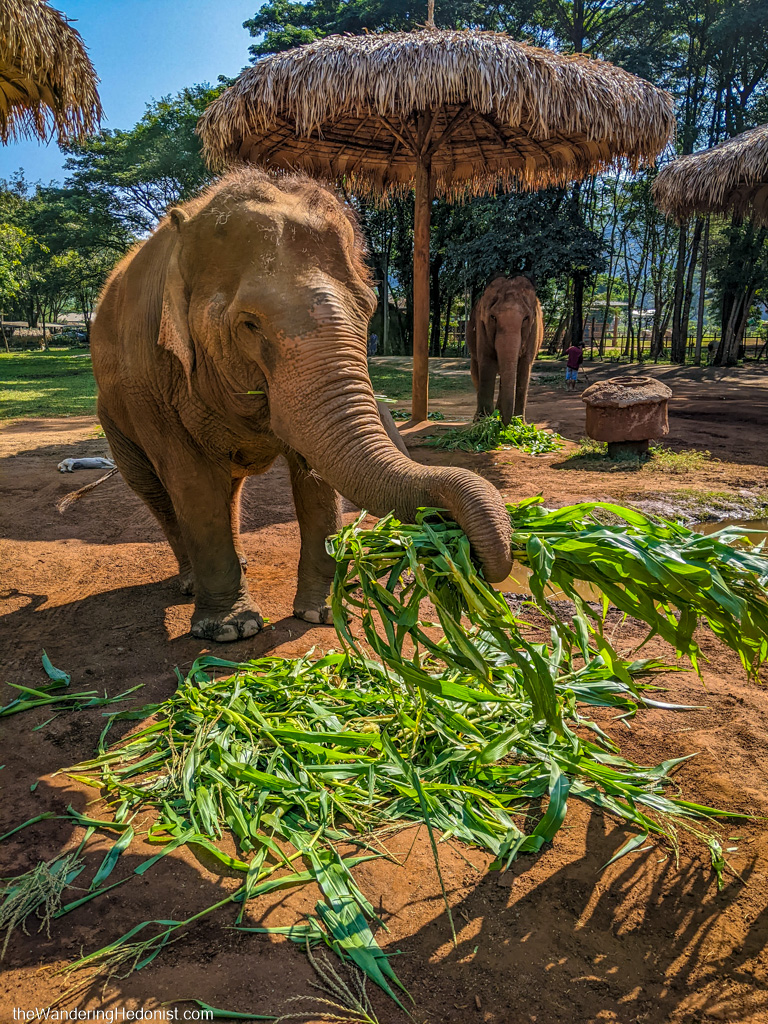
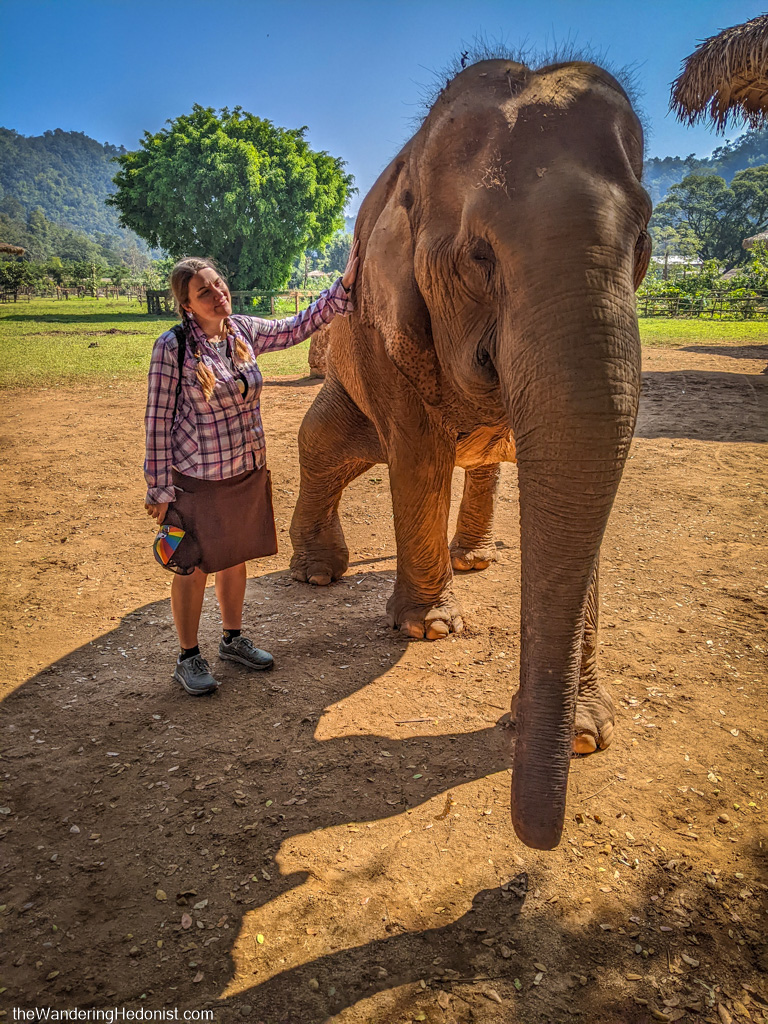
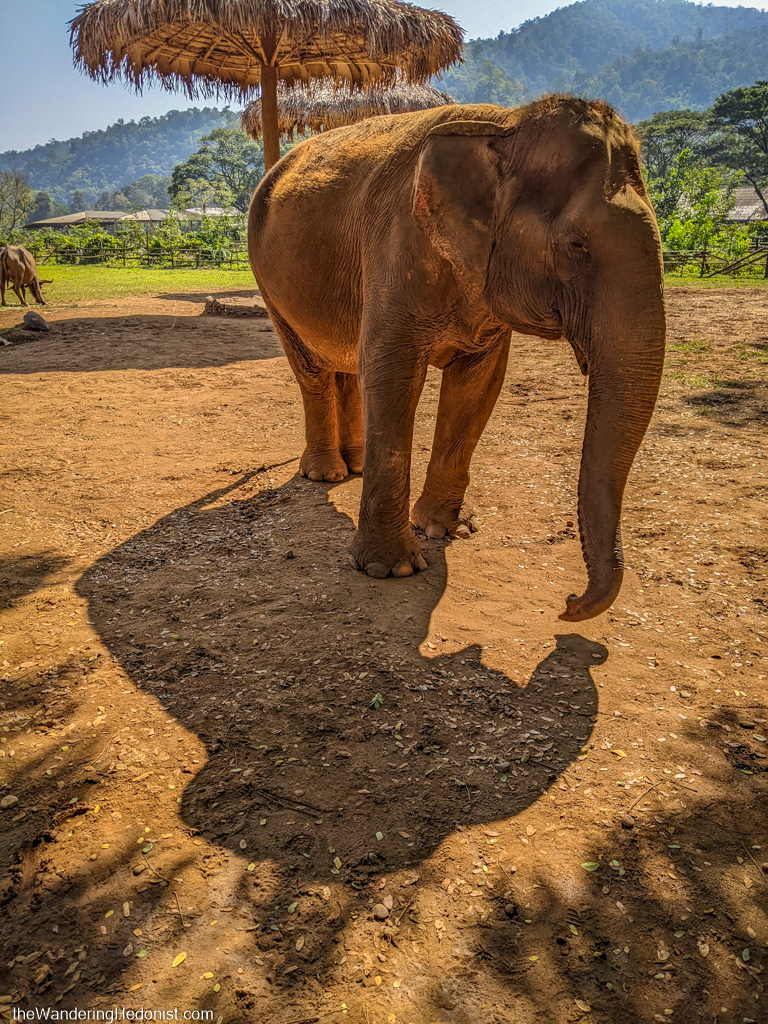
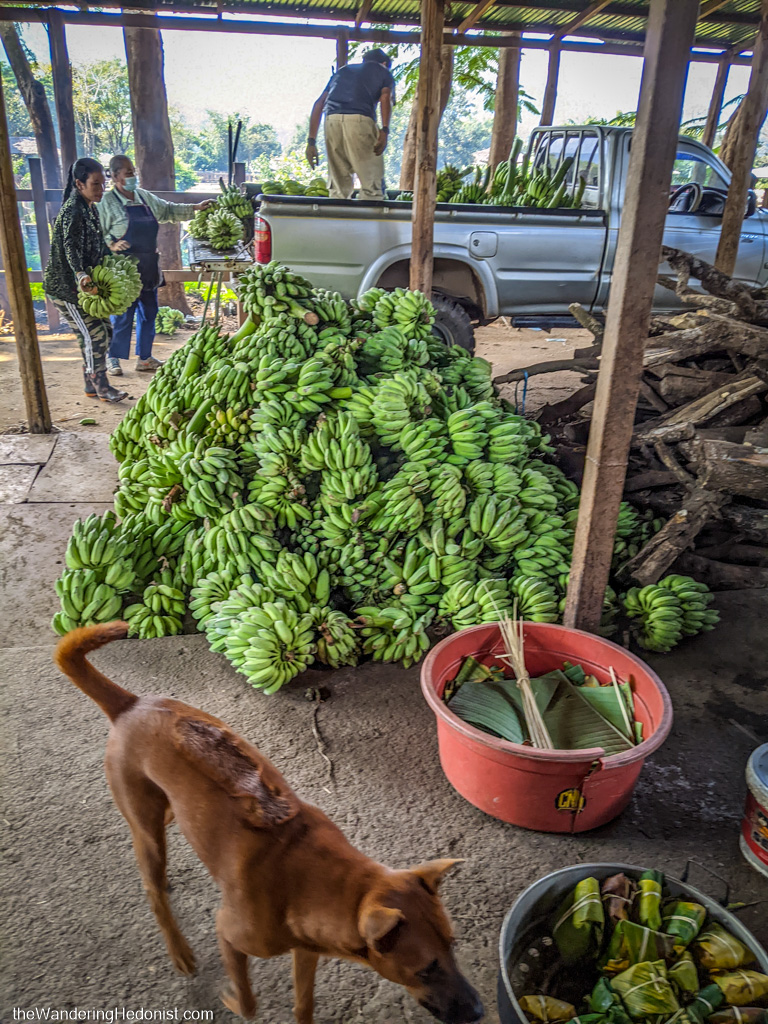

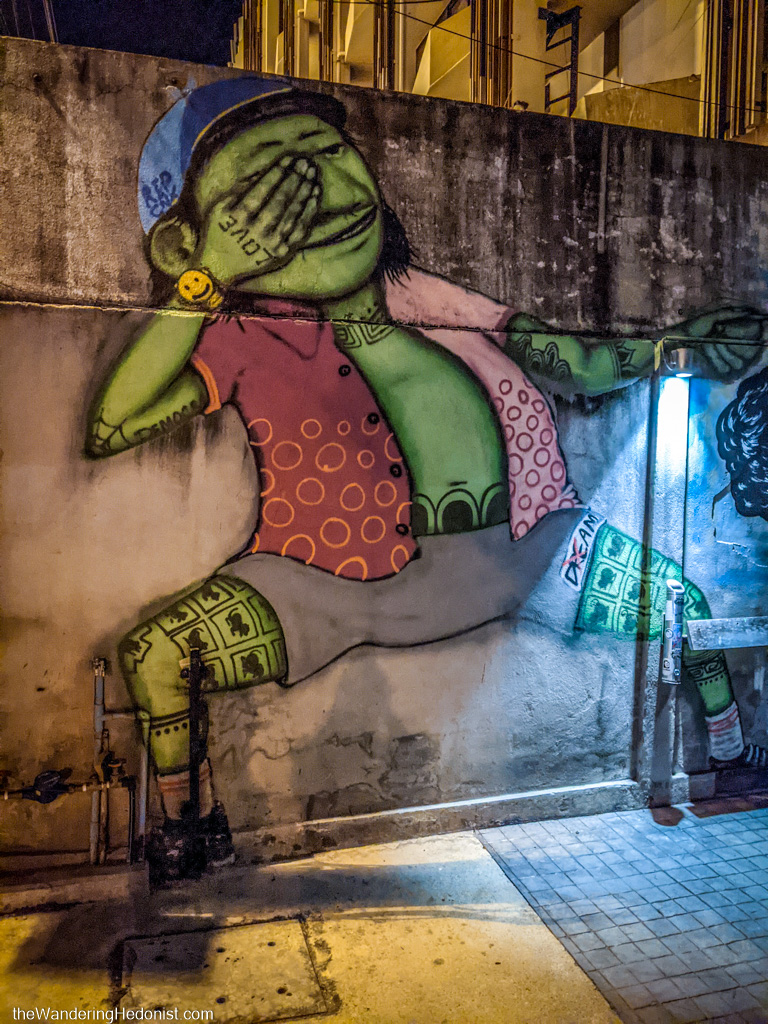
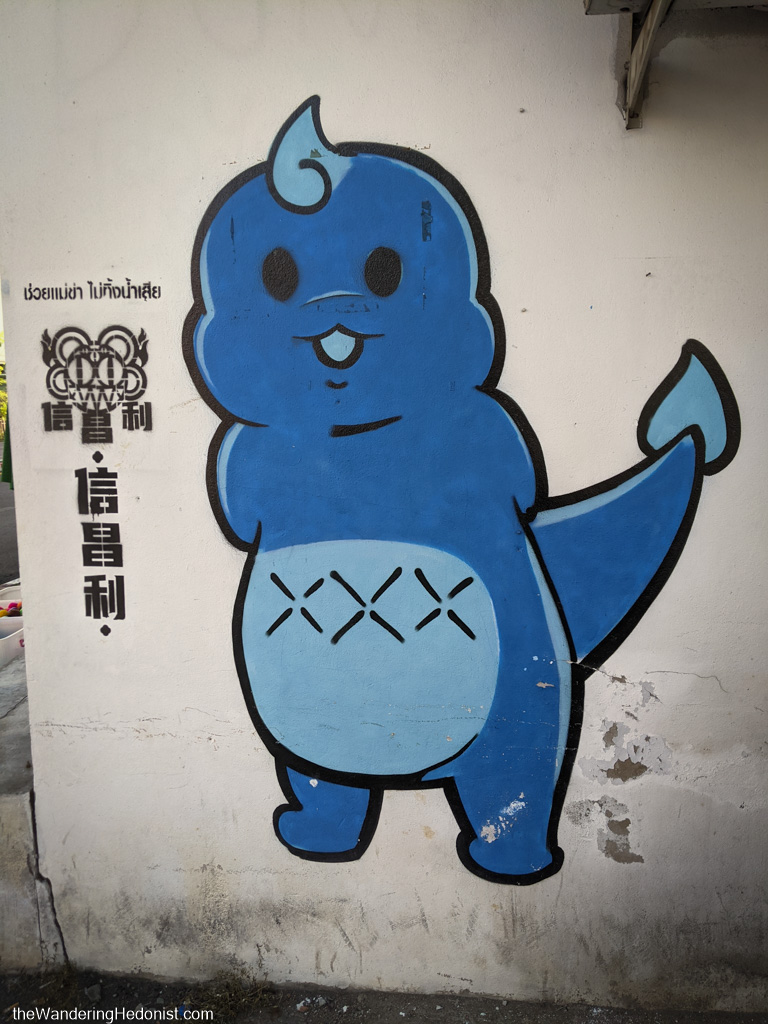
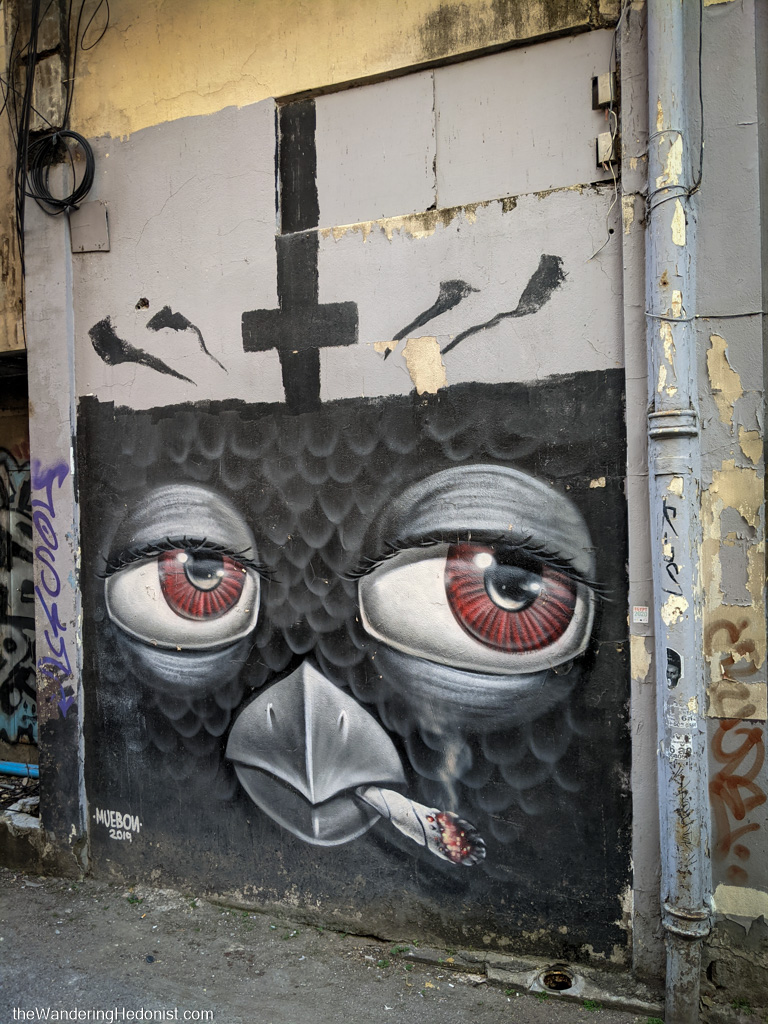
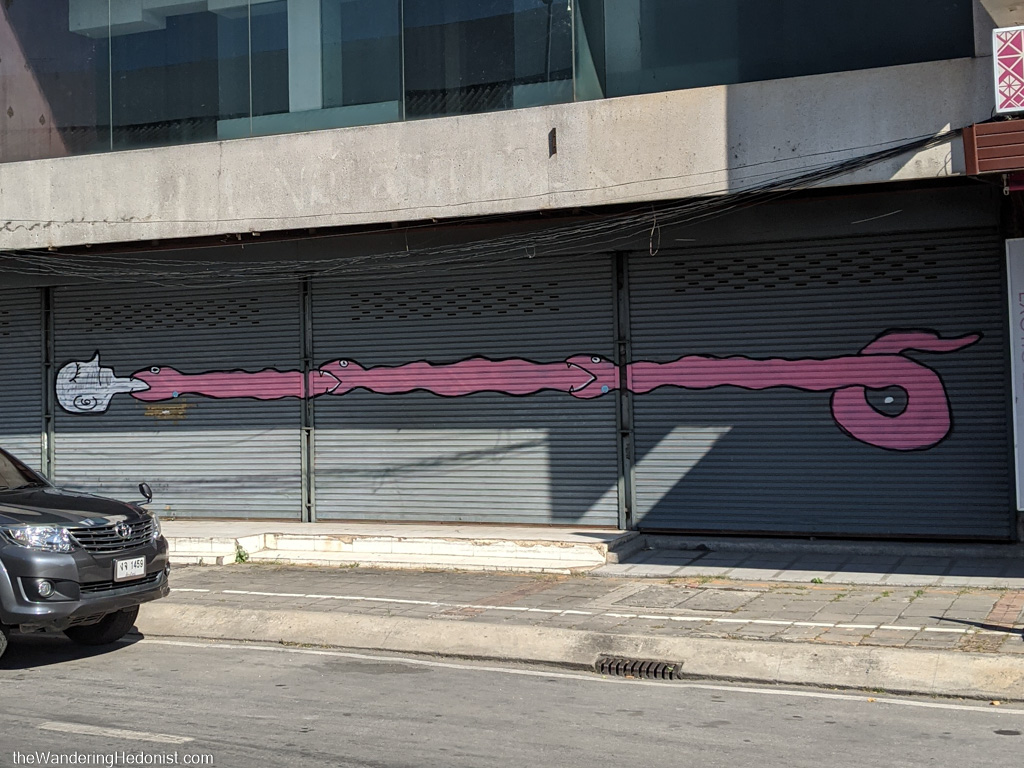




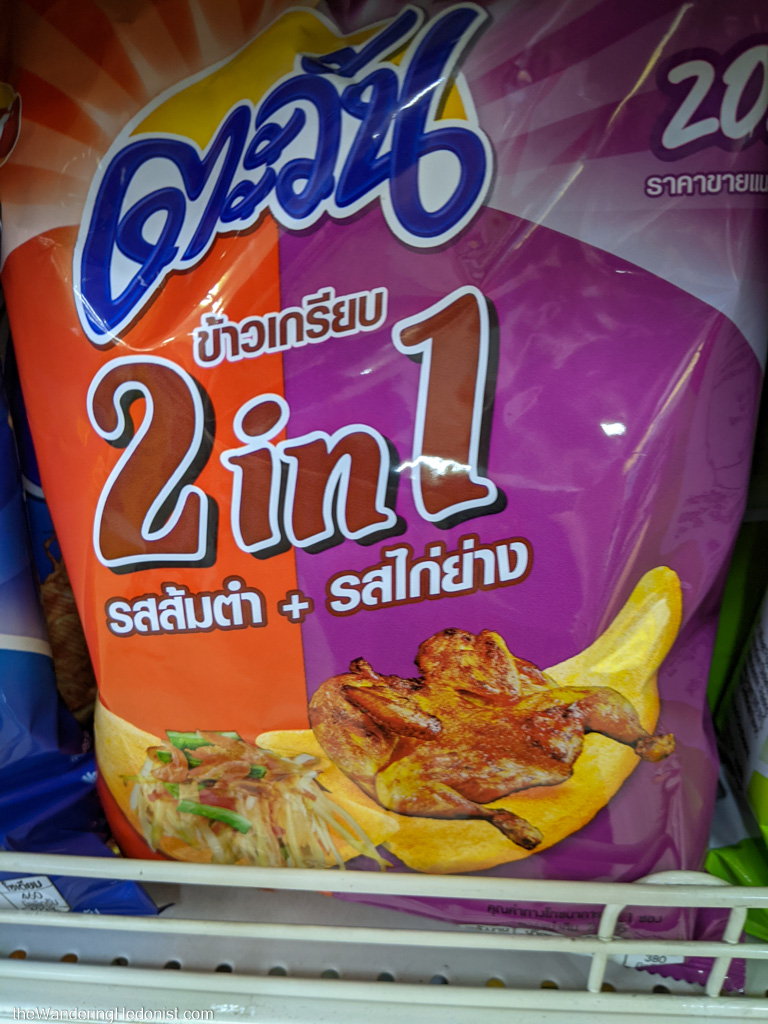
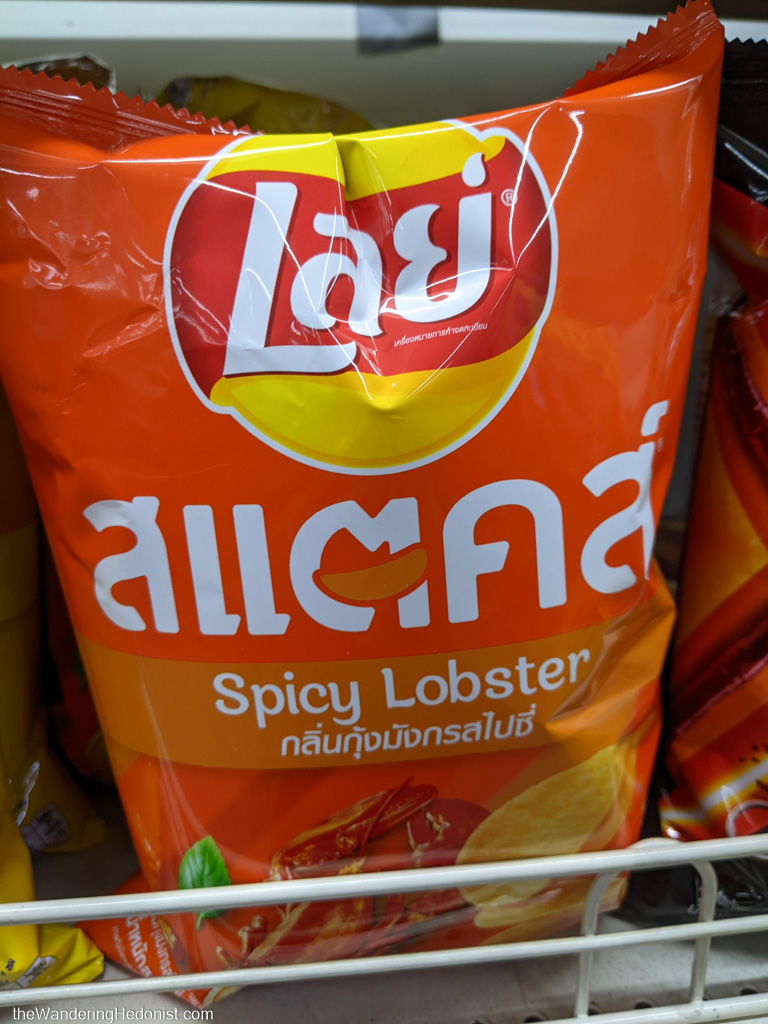
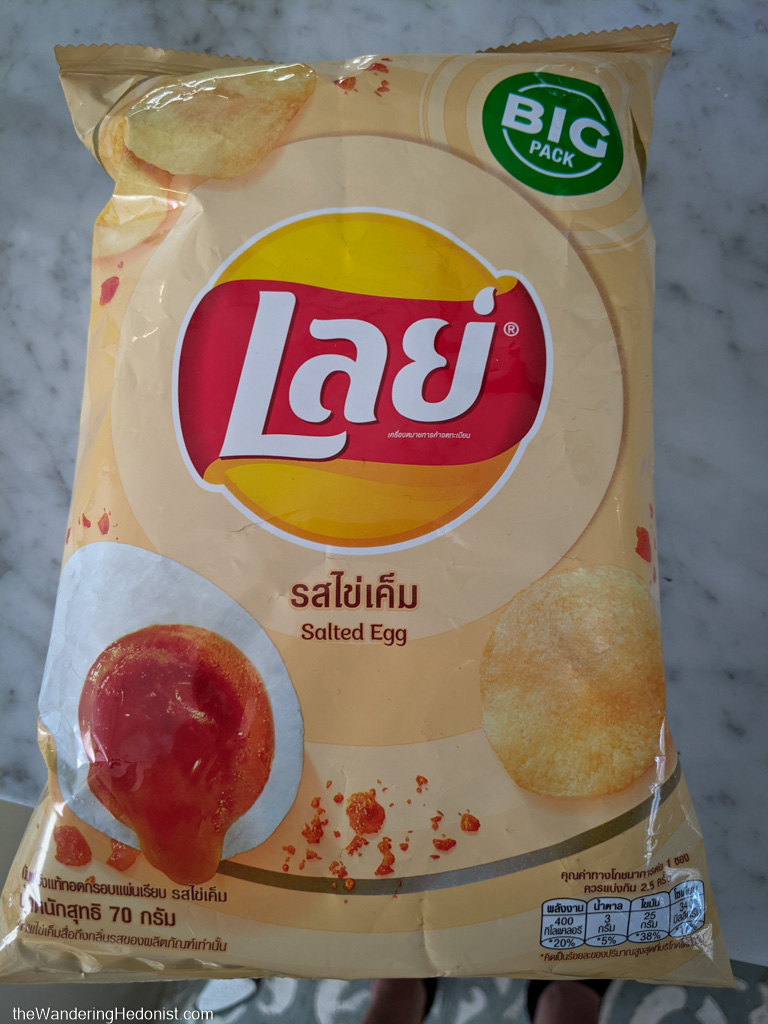



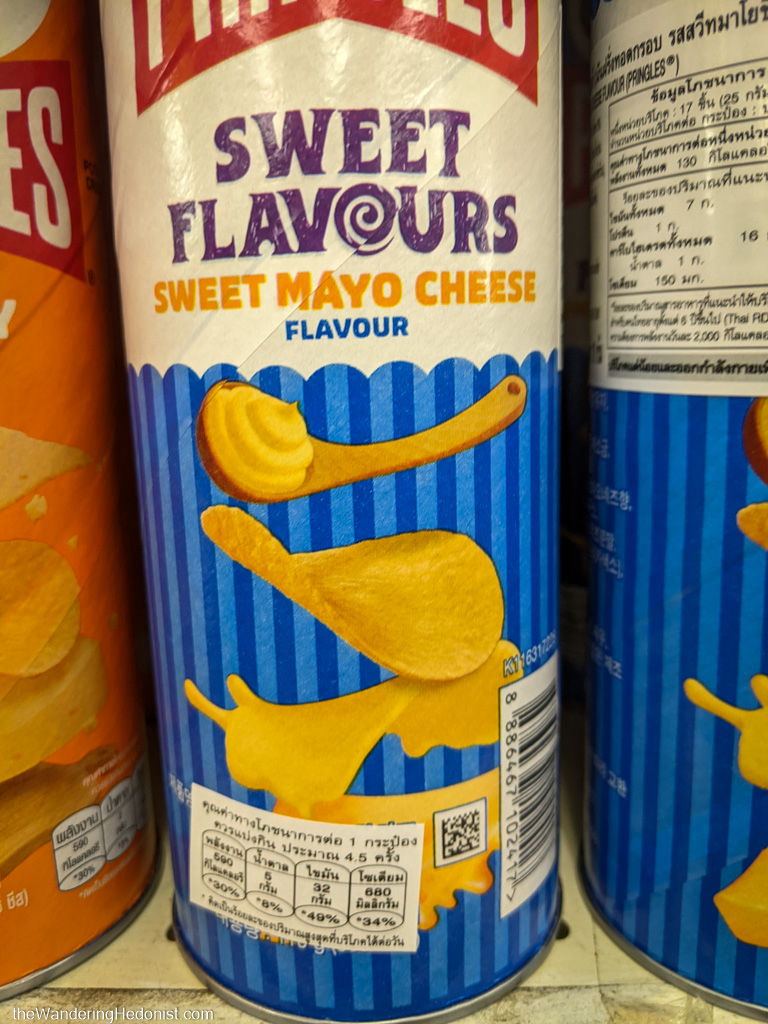

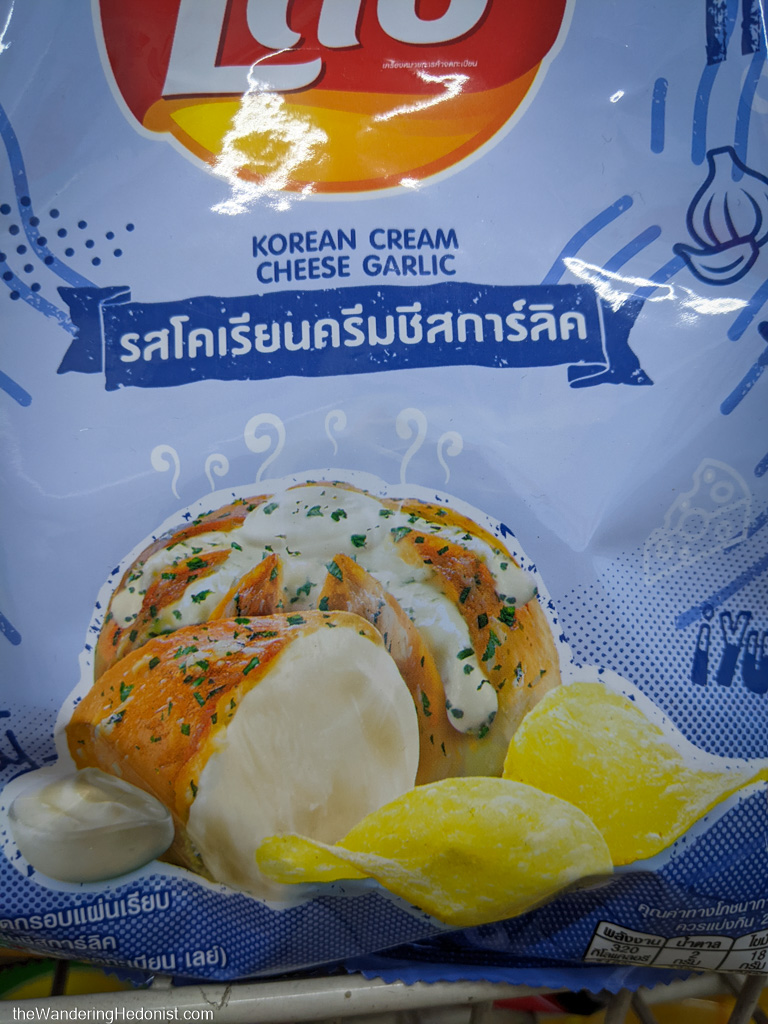
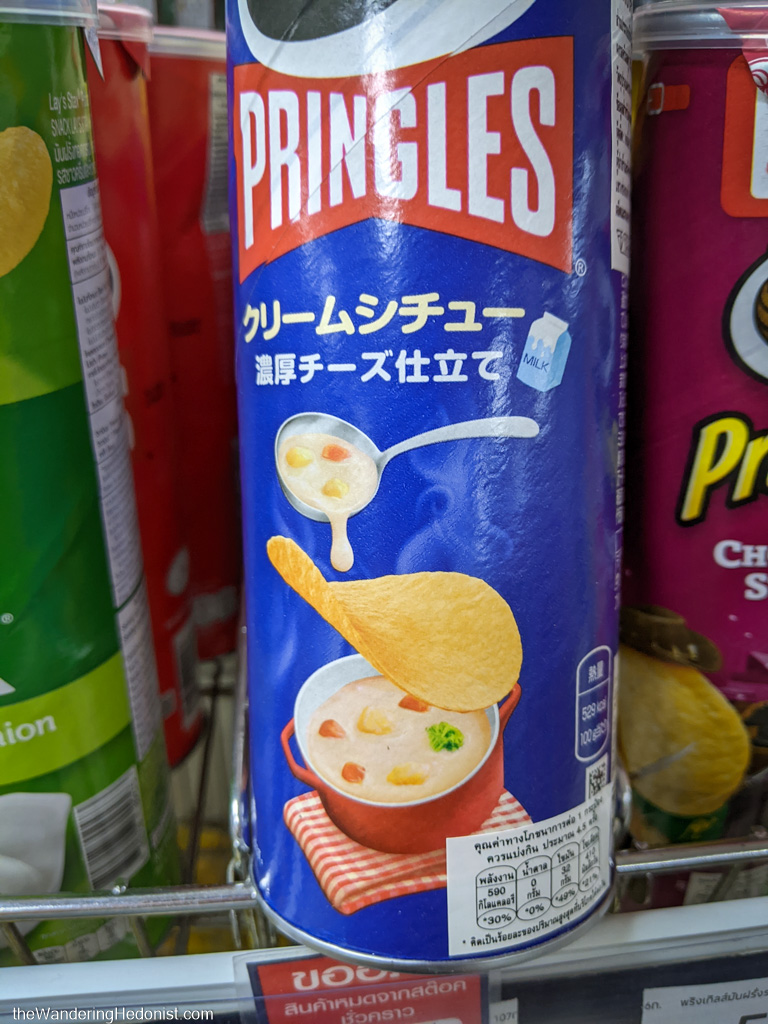
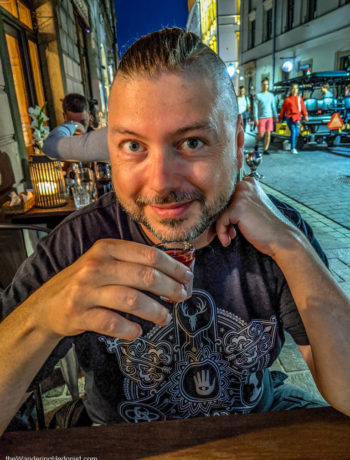
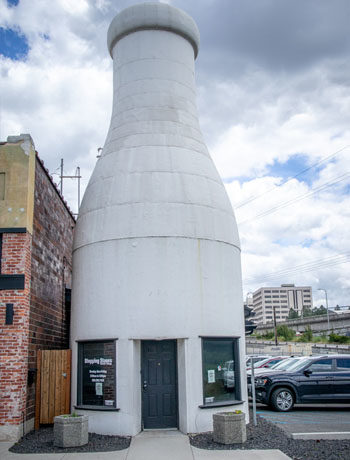

No Comments